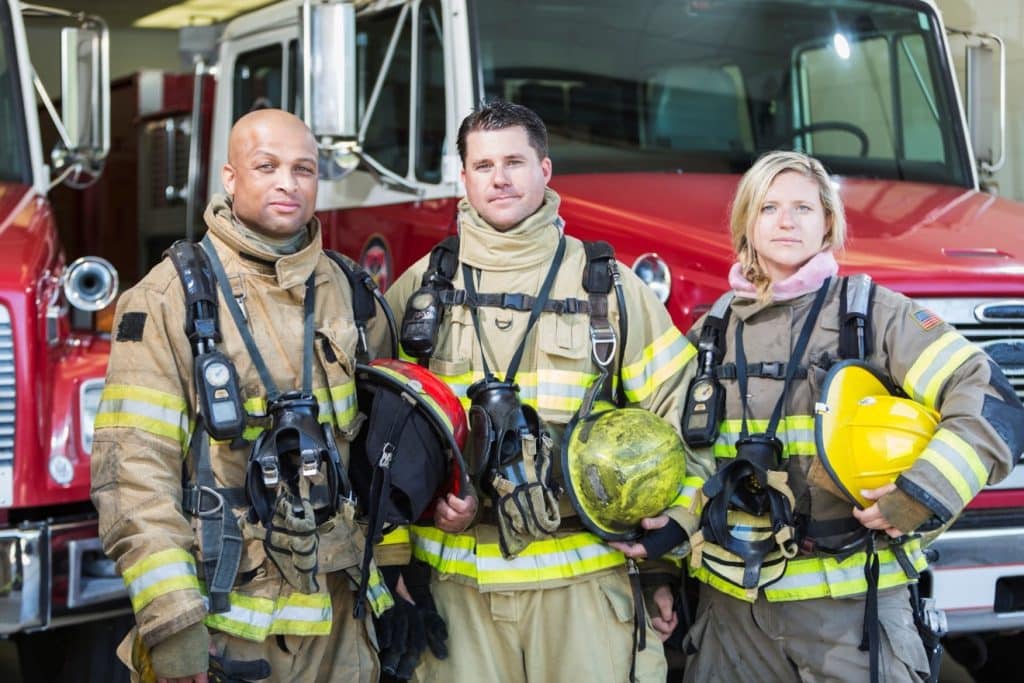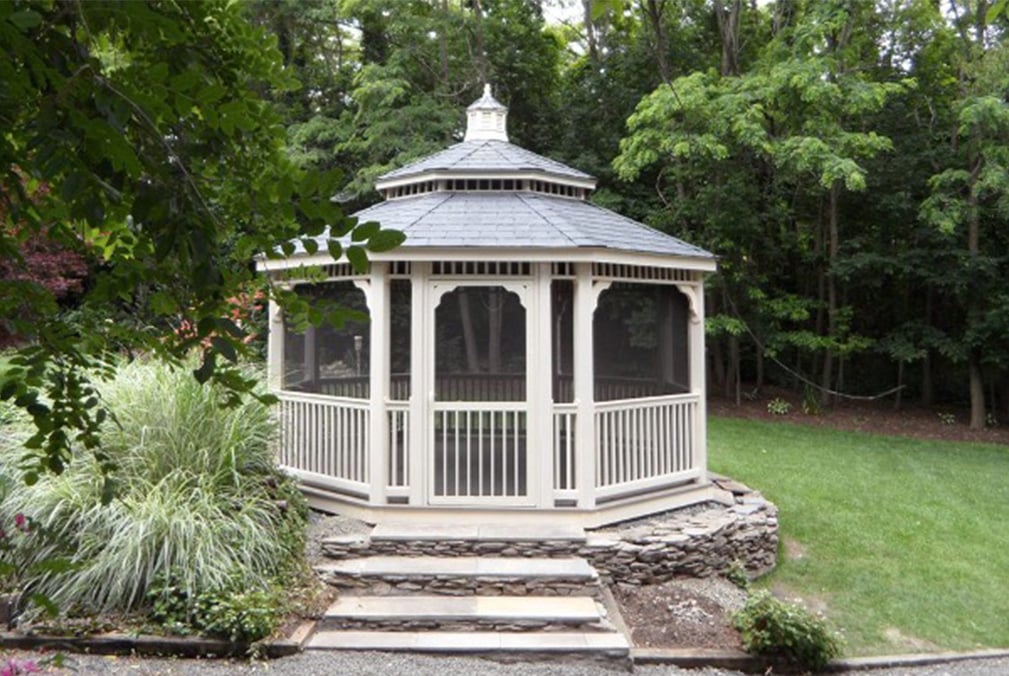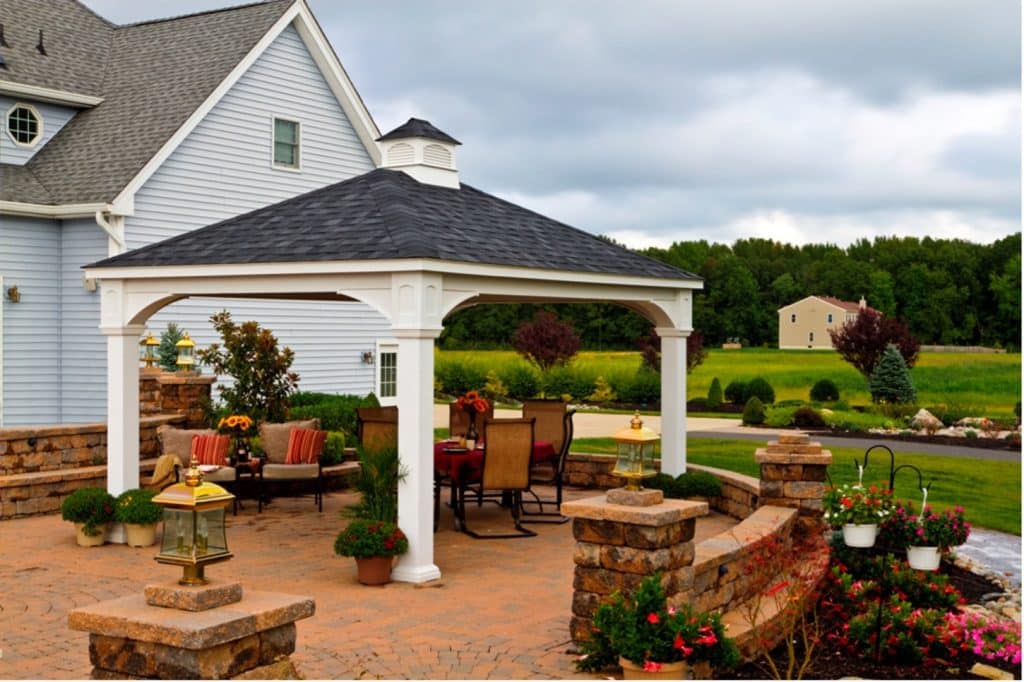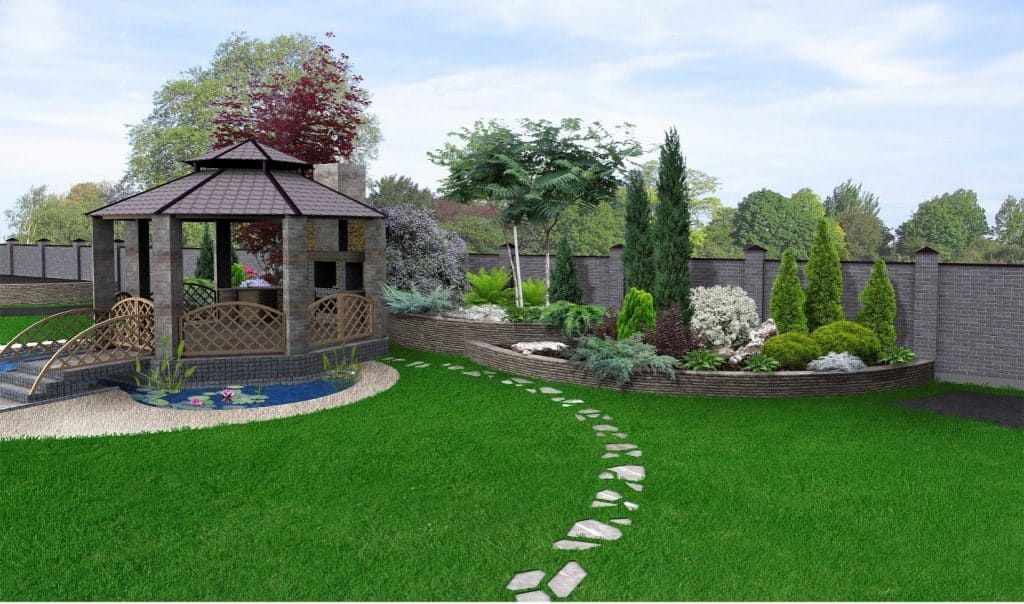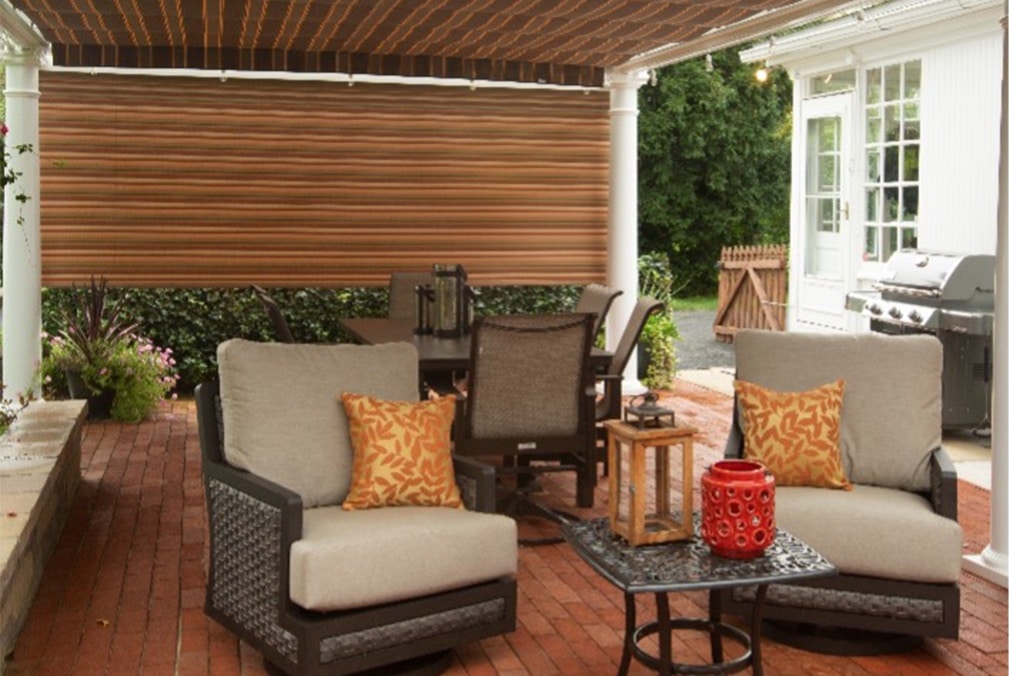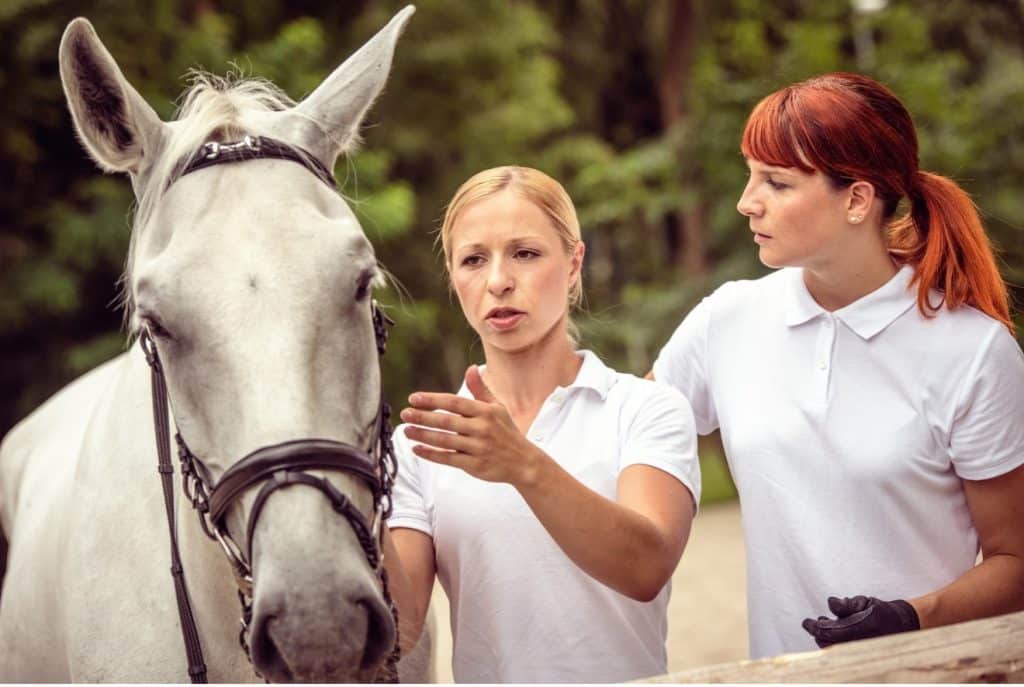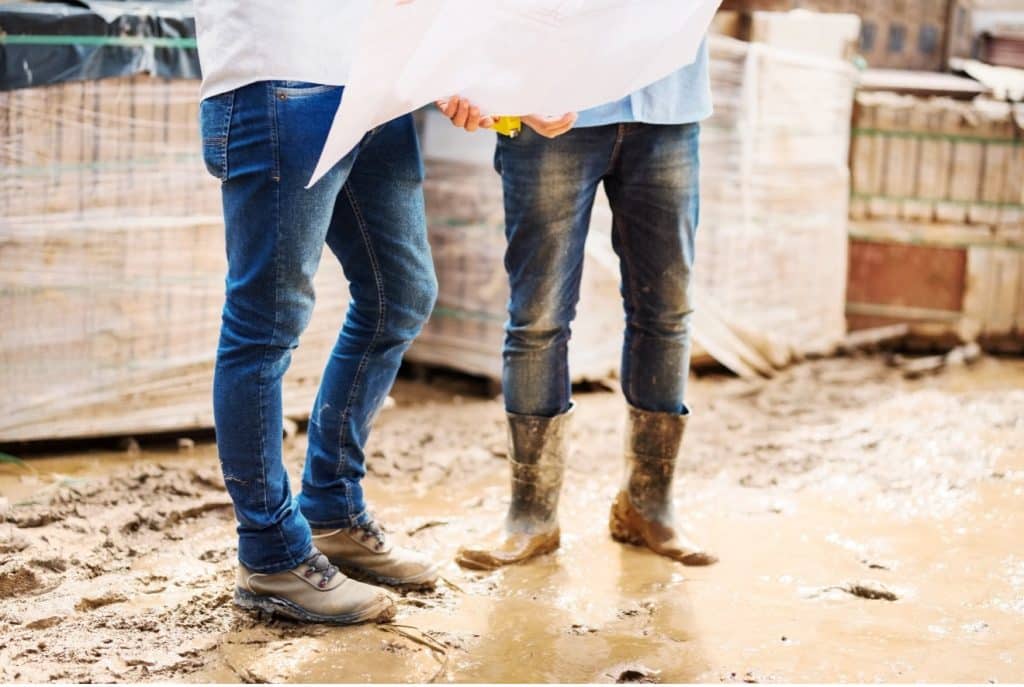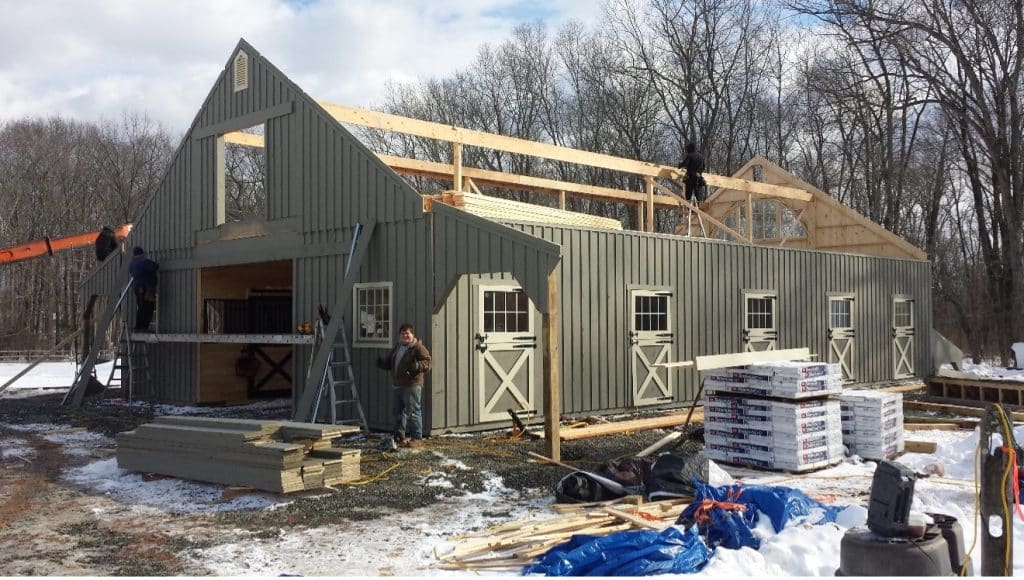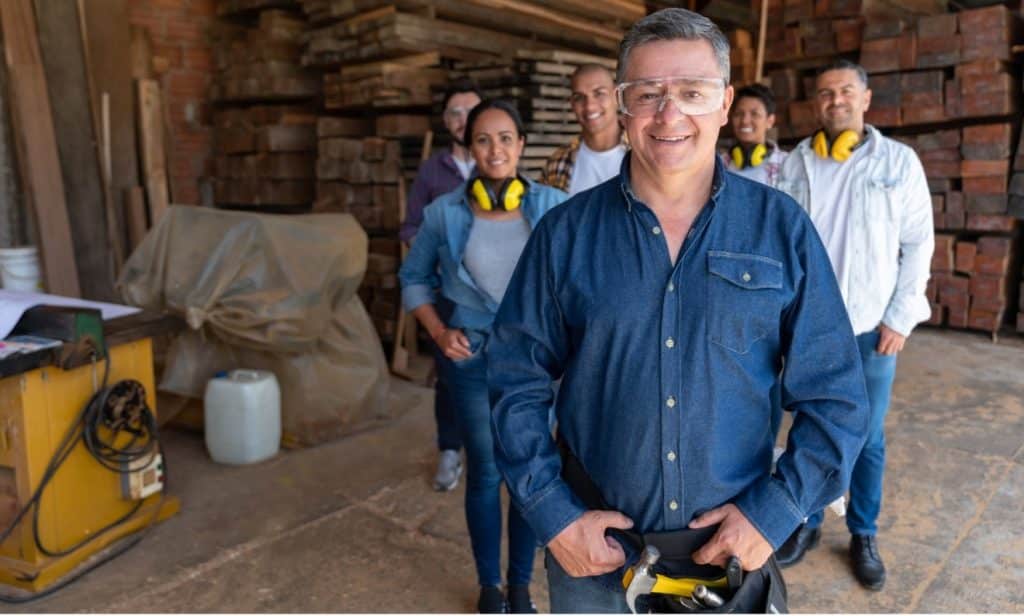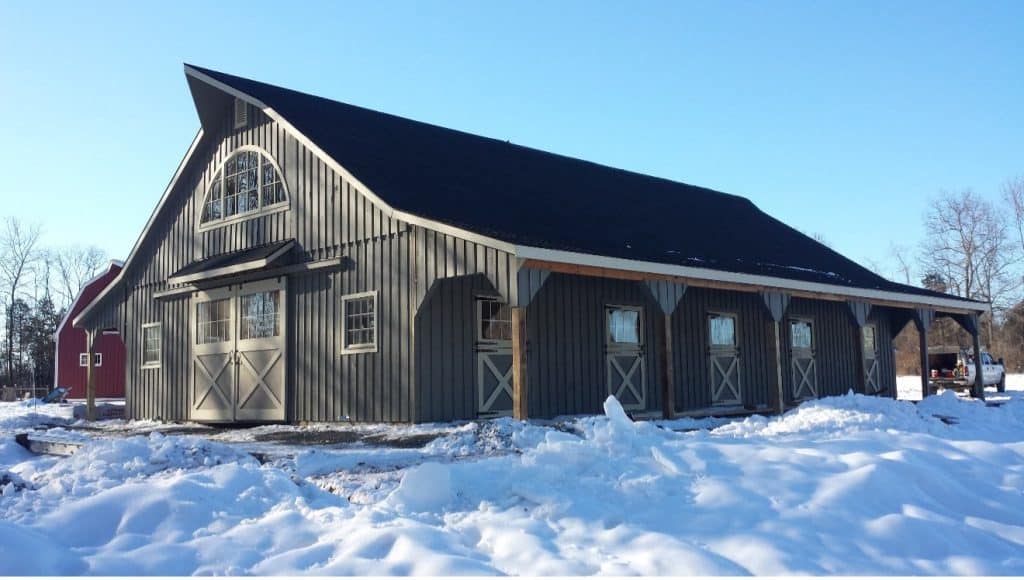Before you mix your poultry population species diligent research is a necessity if you want to avoid surprises and negative experiences! Careful introduction is needed when new birds are added to the population.
Continue readingDig In To Make Your Greenhouse Gardening As Productive As Possible
Whatever season you are migrating from or to, the likelihood is you’ve spent some armchair time educating yourself about what to plant and start when and how you’d like to produce in your greenhouse.
Continue readingMaking Sense of Barn Building Plans
When it comes to building a new barn the quality and complexity of plans run the gamut from elaborate architect drawn designs to renderings drawn by hand by a keen horse owner or neophyte construction personage.
Making sense of barn plans is essential if the outcome of the build is to match the intended design. The level of detail the drawing plans will entail will likely be a combination of what is minimally required by the local building code office for permits and what the construction company intends to complete.
Bear in mind some towns have no requirement for permitting at all particularly for agricultural buildings. As no-one is supervising the details of the plans or the construction design, this can be a huge negative for the property owner that is making a barn purchase, whether it is to be constructed on site as a stick-built or pole barn structure or delivered as a modular ‘instant’ build.
Be aware that poor building practices are sometimes done by property owners with full knowledge of the shortcomings of the design. Unfortunately, knowledge of these issues is not always passed along to an incoming buyer of the farm. For example, an indoor arena or barn with a low pitch roof may be cheaper to construct than one that is properly rated for the snow and wind load. The property owner may knowingly choose this option and plan to shovel the snow load off the building during heavy snowfall to mitigate the risk of roof collapse, but the incoming new owner may be unaware of the issue. Building codes are there to protect everyone and should not be overlooked.
Meeting code requirements in construction of the barn regardless of whether they are mandated or not is an essential protection for the barn purchaser and buyers should not be afraid to ask for review of plan designs by their local building code officer even if permits are not required. These qualified individuals are a valuable resource and their knowledge can be a sincere effort in the barn buying process.
Outside of the level of intricacy the building plans must define for the permit process, if the property owner understands the factors that should always be included in building plans this can go a long way to ensuring that the final build matches their envisioned horse barn and avoid disappointments in materials used and the quality of the construction. Even in areas where no plans are required, having plans at hand to define the parameters of construction is a good idea.
Drawn from the two perspectives of the construction company and the building code requirements the plans can be submitted via various methods. Electronic submissions of CAD or similar software developed plans is quick and easy to do where it is accepted by the local authorities, and hard print copies can easily be provided for use on the job site and for owner approval. While not as high grade, plans that are hand drawn with pen and ruler can also work if the barn is a simple design such as a run-in shed or two stall shed row.
Some building codes require that the building plans be certified and stamped by a qualified engineer. This all important ‘stamp’ indicates that the structural integrity of the design has been reviewed by a professional and approved as safe and meeting certain codes for wind and snow loads and that the build itself is adopting commonly accepted building practices and materials.
However, not any stamp or certification will do. It is important that the stamp provided is issued in accordance with the regional requirements of your State and exact location. For example: a set of plans for a center aisle barn to be sited in hurricane prone Florida will not require the same parameters in its construction detail as the identical building sited on a snow laden New Hampshire hilltop.
The certification of plans by a licensed engineer offers the property owner important assurance that the barn will be properly built to provide safe use and to be durable.
Companies that construct horse barns on a national level are aware of regional requirements and changes in Federal and State building codes that may affect the plans and will follow directives with accuracy that minimizes delays in the permit issuance process.
Often these larger companies employ their own drafting professionals who can adjust their myriad of in-house barn designs to accommodate any need. Whether that need be a specification that a particular building inspector requires or a custom upgrade that the barn purchaser wants to make. Where it is allowed by the State laws, such companies can liaise directly with the town building department through initial submission to full approval and permit issuance for a build on behalf of the property owner.
Certification and issuance of the all-important ‘stamp’ will necessarily incur additional costs than plans that have not been through this review process. In the planning stage of the barn building project and before purchase of a structure, prospective barn owners should be sure to ask what extra fees may be incurred for certification of plans. Fees that may be charged range from just a few hundred dollars to $10,000+, so it pays to get this quoted in writing up front before making a deposit on a new barn build.
Regardless of who is providing the building plans and the level of complexity the barn owner is willing to accept, even the most minimal construction project should not be undertaken without provision of basic design plans. These should include profile drawings for all four sides of the structure, floor plans for each level and a site map.
Aside from the obvious advantage of mapping out the design of the structure and its construction details, plans also serve to provide an important visual aid for the purchaser where the style and aesthetic appeal of the building can be reviewed.
It is wise to note that structures often appear smaller on paper or on a screen than in real life. Even with 3D renderings of a barn the size and stature of the structure can be hard to gain perspective about unless some size known comparative building or object is drawn to the same scale.
Dimensions for all structural lumber and their exact placement distances O’C’, meaning on center, and sizes of all doors, windows and stalls should be noted together with materials to be used and the plans drawn to scale with a legend included. Examples: grade #2, 6” x 6” x 12’ ground contact pressure treated lumber, 25-year asphalt shingle over a ¾ inch tongue and groove plywood sheeting, grade # 2 2” x 4” x 12’ Douglas Fir or Cypress. The type of joinery at key points such as bolted or mortise and tenon, rafter tie sizes and type etc. should all be defined.
The site plan should define what aggregate materials should be used across the levelled site, to what depths they should be laid and whether compaction is required. Larger structures may require special drainage provisions and positioning and specifications for any pillars to be installed for structural support or a concrete foundation.
As drainage considerations or subsidence that may be caused by water or run-off are an important part of any building’s integrity, this factor is better addressed at the outset of the build rather than down the road. It is much easier to create a drainage apron around the building, excavate for footer drains if needed and then backfill than to dig up the area surrounding the barn later to fix a problem. Correctly installed gutter systems are an important component of construction that ensures run-off from the roof is properly dispatched away from the foundations of the structure.
It is also a good idea to define on the plans or the supporting purchase document whether substitution of materials is acceptable. While it may be necessary due to local availability to switch up a Douglas Fir member to a Cypress wood without compromising the quality of the build, substituting an off-brand siding material for a name brand with full warranties can make a world of negative difference in future years.
Substitutions are a great way for a manufacturer or builder to cut costs. Budget constraints may determine that the property owner wishes to go along with lesser quality or lesser warrantied products, but it is wise for the purchaser of the building to be aware of the differences between products so they can make an informed decision.
Ensuring your barn building project goes as smoothly as possible means having everyone on the same page. The property owner, the construction company and their crew, and the local building inspector.
Collaboration from the outset along clearly defined lines is the best method to mitigate upsets with building delays, shoddy workmanship, and unexpected budget overrides caused by work order changes mid project.
Toying With a Playground Project – Here’s Some Help
The biggest toy in the garden is the playset. It is the center of the universe when it comes to developing a playground and figuring out just what to buy and where it fits is an important part of the playground project.
You may not be building a city or community playground, but there’s much that can be learned from understanding a 101 course on playground design. It’s not hard to make your backyard or community playground the best on the block by following a few simple rules.
Creation of a neighborhood playground will likely require review and inspection by a Certified Playground Safety Inspection officer {CPSI}. You can locate one here. It is prudent to begin liaison with a CPSI in the earliest stages of a community playground project to avoid costly mistakes and gain some savvy advice, including ideas and options on how to save money on the cost of the equipment and supplies needed.
For the homeowner a CPSI is not necessary, but there is plenty of good press the National Recreations and Parks Association [NRPA} provides that can help engage the parent that is keen to build a functional and importantly safe playground, in their backyard. The 12-Point Playground Safety Checklist published by the NRPA is a must read. It offers parents and caregivers a great resource of pertinent information that can be applied to choosing a safe playground for their children inside and outside of the backyard. It covers topics such as trip hazards, types of surfaces that are acceptable, and common issues as well as more technical aspects such as UV degradation of equipment and surfaces.
Ruling Factors
The budget for your playground project does not need to be set in stone as thankfully it is easy to add equipment to a design piecemeal as needs and finances dictate. However, you do need to identify a starting point, and this will be affected not just by how much money you must put into the project but also how much space you have to play with to accommodate playsets and equipment.
Siting is necessarily an important part of the process. Ideally the site will be level and need minimal preparation by heavy equipment. But where this is not the case aggregate may need to be brought in and other surface material cover for safety underneath the playset will need to be installed on top of a compacted site.
When considering the site think about the dimension of the entire play space as well as the topography and drainage, but don’t overlook the need for access for equipment to modify or prepare the site.
Also consider whether the site will be in the sun all day, as a sunny location may require provision of shade for protection from the harmful sun’s rays and to minimize risks of children becoming dehydrated and/or suffering heat exhaustion.
Bear in mind that every type of playground equipment or structure has a need for safe use zones. This means that all products must be safely spaced from each other and from other objects such as walls and trees.
Security for the children is an essential component of their safety. While we often think about what the ground cover will be under a swing set, we might overlook the need for a playground area to be fenced to keep both the kids in and others out. Figure in the budget to allow for fencing. Site selection that offers safety away from busy roads but within view of other buildings for supervisory purposes is a good idea.
What To Buy
There is a myriad of options from which to choose when it comes to playsets and outdoor equipment. The first consideration should be the age range of the children that will use the playground. Building up and out from one point as a young family grows up is always a good way to minimize the initial spend. Bear in mind there is an active secondhand marketplace for playsets and equipment that has ‘aged out’ of use so consider whether you want certain pieces to be portable rather than permanent.
Structures are generally grouped into age group categories. For example, 0-2 years, 2-5 years, 5-12 years and then there are playsets designed to address multiple ages from 2-12 years.
The main choice you will encounter will be between vinyl or wood products.
Eco-friendly wood is a replenishable natural resource and choosing a manufacturer that sources their wood from a sustainable operation is an option. Locating a manufacturer that builds playsets in the U.S.A. from U.S.A. components is also a patriotic way to buy.
The downside is that wood is higher maintenance in general than vinyl, and it can splinter and rot over time, despite being treated with an environmentally friendly nontoxic preservative.
Woods more durable cousin, vinyl on the other hand, can be a super low maintenance option that many homeowners appreciate, as there will be no need for repainting and re-staining. Consider selecting a vinyl playset from a manufacturer that uses recyclable plastics for an eco-friendly option.
Choose a good quality vinyl product that is made with the color manufactured throughout the entire product, not just a superficial coating.
Color is an important part of the aesthetics of design, but so are the aspects of use regarding how a playground will promote a child’s learning and develop fitness and social skills while at play.
Each component of a playset can fulfil more than one benefit. For example, did you know that swinging can offer a calming effect on a child as well as provide a physical activity.
“Swinging is not only a super fun outdoor activity (that can even help develop a child’s sixth sense), but it also allows a child’s body to be in constant motion while ALSO sitting (mostly) still at the same time AND giving his brain a chance to rest and reflect. Win. Win. Win.” Amanda Webster
The different styles and designs of playsets lend themselves to different imaginative adventures for the kids, but the view of the playset and playground from the house is also something to consider.
Modern or traditional, ensure the playset and all components are properly installed following manufacturer’s instructions. Volunteer help to assemble and build is often available from neighbors and family, friends if needed, but don’t be shy to involve the kids themselves in the project where it is safe to do so.
Consider the needs of adults in the design process too. It is a good idea to strategically place close by, a shady seating area, picnic space or other conversational spot. This will encourage parents and grandparents, and other family members or friends to interact with each other and with the children while at play.
How To Buy
When looking at price comparisons between manufacturers it is all too easy to not compare ‘apples to apples”. In fact, some manufacturers go out of their way to make such comparisons difficult.
Check the grade and quality of each component, along with how any hardware features are coated or protected from wear. This should include bolts and fixtures that hold the structure together. All points of connection should offer longevity and be safely rounded or capped, to protect the users of the playset. The cheapest option is usually not the best option.
Many manufacturers have a knowledgeable staff on hand that can offer advice on design options as well as means to mitigate expenses.
Be aware that many manufacturers will offer a quantity discount if you purchase more than one type of unit from their line-up. Ask about funding options, warranties and always check references and reviews on the playsets on offer.
Certain manufacturers offer impressive 50-year warranties on their products, but make sure that the company you collaborate with on the purchase has a proven reputation for standing behind their products.
A ‘to the penny’ quote, including any delivery and set up charges should be provided in writing. Don’t part with any money on deposits without written terms and an executed agreement, particularly on a large multiple purchase that might extend over a timeline (that should also be detailed).
Availability and delivery timelines should also be considered in your selection process. A great price is not much help if the product is not readily available.
Expect Some Maintenance
While a backyard playground does not require regular safety inspections the way a community project would do, it is still important to conduct safety checks periodically of the structures and to maintain the equipment.
Ground covering materials may need to be replenished periodically due to environmental break down or displacement. Some examples: wood chips will disintegrate over time; sand has a way of migrating away from the play area either in drying winds or in the shoes of the little persons using the playground.
In conclusion, designing and building your backyard playground should be a fun project and one that can involve the whole family. Following a few simple protocols will help ensure your money is well-spent.
Horizon Structures Latest Sponsor of TV Series “Welcome to My Farm” with Lisa Steele – Enjoy the inside scoop from this celebrity host on country lifestyle
From NBC to CreateTV, Lisa Steele of the famed FreshEggsDaily.com is no stranger to showcasing life on the farm. Today she is celebrating 12 years and 55 million website visits Author, 5th generation chicken keeper and coop to kitchen cook, Lisa is Maine’s answer to a cross between Martha Stewart and Jeremy Clarkson.
Her latest TV series, Welcome to my Farm, is currently in its 2nd series and the glamorous life of hosting a TV show is not all it is cracked up to be, as Lisa explains in this heart-to-heart interview shared here. Take a gander! (Yes, all puns intended, just couldn’t help myself.)
Q: What is the very best part of making your TV show from your own perspective?
Lisa: I have a lot of fun coming up with episode themes/segments, but what I love most about doing the show is the same thing that I love about writing books. They are both content that has a lifespan longer than being on the front page of a social media account. The shows are archived streaming online even after they finish airing on television. Hopefully years from now, people can still be enjoying them, unlike a Facebook post.
Q: Can you give us an idea of how a regular filming day goes? (time/takes/how many crew, etc, who are on the crew – names/positions) and a few photos of any of them if possible!
Lisa: An episode normally takes two to three full days of filming. Especially if we are visiting another location other than my farm. We have increased the crew for season two which I’m excited about. For the first season we had just a director and two cameras. That meant that we had to do multiple takes in order to get say an overhead view of a cooking segment for example. It also meant that in addition to being responsible for assembling all the props and my wardrobe for each segment and doing my hair and makeup, I also had to feed everyone lunch, refill coffee cups or water bottles…and was also the person who would run back to the house if we forgot something. It was a lot.
For season two, we have a director, three cameras, two set assistants, a still photographer, a drone operator, craft services to feed everyone and a hair/makeup assistant. The extra crew will hopefully bring the show to a whole new level – and at the very least allows me to focus solely on the show content and my lines!
For season one, for the most part we shot each episode in chronological order, so we would usually start out with the visit to the locale, whether it be a strawberry farm or a lobster pound, then come back to my house and shoot the chicken or garden segment outside. Then the second day we would shoot the kitchen segment.
For season two, we have switched things up and shot three episodes of kitchen segments over the course of 2 days. It’s much more efficient to do it that way because they only have to set up the lights and sound and props, etc. once. Most of the time shooting ends up being the set-up. Lots of standing around waiting for everything to be ready. I can see why lots of movie stars take up knitting!
Q: What is the funniest thing that has ever happened on your show during the filing process? Unexpected? Animal issues with non-compliance? Accidental happy notes?
Lisa: Interestingly enough, the chickens are extremely easy to work with. They are very cooperative, especially where treats are involved! It’s usually me who messes up and doesn’t hit my mark or forgets what I’m supposed to be saying! There are always mishaps in the kitchen too. Flour going everywhere, or a cake ending up being under baked. But it’s amazing how much can be fixed in the editing room!
I think the funniest thing that has happened so far on set is when a huge raven flew into the chicken run while I had the door propped open and hopped up on the swing that I have set up for the chickens. The raven sat there swinging back and forth and terrified the chickens.
Q: People generally belief that being the ‘star’ on a TV show is an easy and glam job. What would you say is the biggest misconception about being the lead talent on a TV show? And how do you deal with it?
Lisa: I myself was actually surprised at how exhausting it is to “act” in a TV show. It may look glamorous but doing a scene over and over gets tiring really quickly. Even a short 30 second scene might take an hour or two to shoot. Let’s just say I sleep very well after a day of shooting!
I also find it hard to memorize lines! I do much better when they just let me ramble and then piece together a coherent segment during the edit process. For the new season we do also have a teleprompter which has been really helpful to keep me on track and remembering specific points I want to bring up during each segment.
Q: Do you get recognized when you are out and about because of your TV fame?
Lisa: I do get recognized! The show was on NBC here in Maine for two years prior to moving to public television/CreateTV and so when I’m out to dinner with my husband or at the feed store especially, I get recognized pretty often, which is really cool. Especially since Covid put a stop to in-person book signings and speaking engagements, it’s nice to be able to interact with people I meet as I go about my errands.
Q: What is the biggest misconception in your opinion that folks have about country life?
Lisa: I think people believe that you need a lot of land to raise animals or grow your own food. And I don’t think they realize how relatively inexpensive land and a farmhouse can be out in rural areas. We pay less taxes on 300 acres here in Maine than my mom does on a house half the size on barely an acre in Massachusetts. I wish more people would research areas they might like to move to and look at some of the farm listings. They are much more affordable than they think. And for those who want to continue living in a suburban or slightly rural area, raising half a dozen chickens and growing an herb garden for example doesn’t take much space at all.
And people should know that you don’t have to do it all. If you don’t want to raise chickens, don’t raise chickens, instead find a neighbor who does and buy eggs from them. Don’t like canning? Fine, you don’t need to do that either. You can pick and choose the things that you want to do. Barter or trade or buy local for the other things. Social media can give the impression that these “homesteaders” are raising every type of livestock under the sun, making milk and cheese, canning, and preserving every vegetable known to man. Just pick the things you enjoy doing or are good at. Every little bit makes you more self-sufficient and is good for the planet.
Q: What is the hardest thing about living a homesteading lifestyle?
Lisa: Predators. Definitely predators. Keeping animals safe from predators is something that I battle every day. And anyone who raises livestock, whether it be chickens, sheep, cows, battles. There are predators everywhere and they only have to “win” once for you to lose your entire flock.
Q: What was your work baking or kitchen disaster?
Lisa: Oh, I started young with my kitchen disasters. I was maybe 10 or 11 and working on my Girl Scout baking badge and turned on the oven to preheat it. My mom used to store all her pots and pans in the oven, and many had plastic handles… which all melted. She has never let me live that one down.
Q: What do you love about where you live and would never want to change and why?
Lisa: I was born and grew up in Massachusetts, then went to college in Rhode Island. I want to work on Wall Street after college and lived on Long Island, then after I got married, my husband and I lived in Pensacola, then Norfolk VA where he was stationed in the Navy. But we always knew we wanted to come back to New England. Maine is where we belong. I love the seasons, the gorgeous foliage, and the snow. I love the old-fashioned feeling to many of the smaller towns and the slower pace. I hope that in coming years Maine stays the way it is. Kind of a throwback to how things were in my childhood.
Q: You have several sponsors including Horizon Structures. Could you fill us in on how and when you came to know the HS brand and what you like about it/how the relationship developed into sponsorship?
Lisa: I was immediately drawn to Horizon Structures when I first started raising chickens, but we weren’t in my forever home, so I built my original coop for our first 6 chickens. It wasn’t until we moved to Maine that I got my first “real” coop. I had by then been working with Horizon for several years and I was impressed with the employees, their professionalism, and also had gotten feedback from many of my followers who had HS coops. I loved how many choices HS offered, and how well-built they seemed to be. Since we have bears and coyotes here in Maine, I knew I needed a larger, sturdy, walk-in coop and it was a no-brainer to work with HS to design the coop of my dreams
Q: Can you tell us a bit about the Horizon Structures coop and how you customized it?
Lisa: My HS coop isn’t actually a coop at all. It’s the garden shed that they customized for me by adding roosts and nesting boxes.
They also divided the coop so about 1/3 was a separate section with a door and wire dividing wall where I could store my chicken feed, supplements, first aid supplies, etc. I love that the coop has 4 windows with screens (and protective welded wire) that open and close to control the ventilation and air flow. And there are predator-proof latches on the large double doors (I asked for those so I could get a wheelbarrow inside if I wanted or maybe in the far future use the coop to store a lawn tractor or other equipment) and on the small chicken door.
It was wonderful the way it arrived, but I am known for tweaking everything!
I ended up building new roosts because you know chicken math! The roosts that the coop came with didn’t fit our ever-growing flock eventually! I also installed shiplap inside. It was very easy because I just had to nail it to the studs. I liked that the white made the coop brighter inside and it is far easier to keep clean than I anticipated! I also added shiplap to the wire wall dividing the sleeping area from the storage area to keep the coop bedding, dust, and feathers from getting into the storage area. I also replaced the swinging door between the two areas with a sliding barn door which is much easier to open and close when the coop is full of bedding.
I had a row of nesting boxes installed in the storage area for storage and underneath them I made a sort of nursery where I could keep a broody hen penned up with her chicks to keep them safe from the rest of the flock.
And then of course I installed curtain rods and hung curtains across the windows, nesting boxes and little pop door – because that’s just what I do.
Q: Any coop ‘must haves’ or recommendations for new coop buyers?
Lisa: I would say plan your coop size for the flock you eventually want to have.
Be sure there is plenty of ventilation and that all holes larger than 1/2″ are covered with welded wire. Plan on a nesting box for each 5 or 6 hens, and at least 8″ of roosting bar for each chicken.
Other than that, go wild, have fun with it and choose what appeals to you.
Q: Based on your many years of experience – what is your favorite animal to work with and why? Breed/species or a particular favorite living or passed.
Lisa: We’ve only had geese for about 4 years, but they have quickly become favorites. They are very smart, and since they are larger, less vulnerable to predator attack, at least from the smaller predators. And since geese are actually more like cows or horses than ducks or chickens, they graze all day long. If they could, they would eat grass and weeds as 100% of their diet.
I do supplement them with wheat and oats, sometimes hay in the winter, but as long as there’s grass, they’ll happily eat that which saves alot of the feed bill! The one downside to geese is that they only lay for a few weeks in the spring, not most of the year like chickens and ducks, but their eggs are similar to duck eggs, nice large yolks and higher in fat. And since one goose egg is equivalent to three chicken eggs, so you don’t need too many to make an omelet!
Q: Can you tell us a bit about your family life? And idea of your regular day behind the scenes?
Lisa: My husband retired from the Navy when we moved to Maine 7 years ago, so he takes care of the mowing, snow plowing, car inspections, etc. and he even does the grocery shopping! He’ll run errands also which is nice. That leaves me to concentrate on my business which consists of not only the TV show, but also my blog, social media platform, a chicken supplement product line that I sell on Amazon and Chewy and also my books (7 to date). It’s also nice that he’s home to take care of the animals when I travel. Before Covid, I used to do a fair amount of public speaking at fairs and conferences as well as book signings around the country.
Q: Do you get nervous before taping a show? Are there many edits needed? Are there any things you’d love to do on camera outside of your present role? Types of shows etc.?
Lisa: Oddly enough, while public speaking terrifies me and I have pretty much bowed away from that for the most part, I absolutely love being on TV! It’s like filming a mini movie! I originally got the “TV bug” when P. Allen Smith asked me to appear on a few episodes of his show which also airs on public television. This was years ago, but I never forgot how much I enjoyed that. So, I am thrilled to now have my own show. It’s alot of fun. In a way, I’m playing a character – even though that character is myself!
I would love to do a strictly cooking show some day, but for now I still have more chicken keeping and gardening advice to share – and I have been having a lot of fun exploring the state of Maine right along with my viewers!
Q: The thing about keeping livestock is that it is hard to get away? Do you manage vacations? Where do you like to go and what do you like to do? Any advice for folks on how to manage their homestead needs when they want to travel?
Lisa: Well, my husband and I haven’t been on a proper vacation in probably 20 years! We used to vacation in Maine each summer when we lived in Virginia, and we also had horses at that time, but were fortunate enough to find a horse sitter who came twice a day to feed the horses and turn them out. When we added the chickens and ducks, she also collected eggs and locked them up each evening. It can be hard to find someone to watch your animals though, and they never do it exactly the way you want things done, so it works out perfectly for us. We just moved to our favorite vacation destination. Since my husband was in the Navy for more than 25 years, he’s traveled all over the world and has no desire to go anywhere, and since I travel for work, I’ve had the opportunity to travel all these years all over the US and he’s home caring for the farm!
We do love to do day trips here in Maine – whether it’s to Bar Harbor to stroll around downtown a pop into various shops, or Camden for lunch on the water – there’s so much to explore an hour or two away and we can still be home to lock up the chickens! We did build a predator-proof, completely covered, Fort Knox chicken run that’s about 18×40 for our chickens and ducks. They have a dust bath, swing, benches, hanging treat baskets and all kinds of fun things to hop onto and nap under, so we feel safe leaving them in the run when we’re not home.
Q: Can you give us an inside sneak peek/ideas at what is coming up on your new series and what the audience can expect?
Lisa: For season two of Welcome to my Farm, I’ll be visiting a pumpkin farm, feeding donkeys, going to see a holiday light show, making a traditional New England Thanksgiving dinner and going ice fishing! And of course, sharing chicken keeping tips and some favorite treats with my flock. I’m really excited to see the finished episodes.
Q: Could you finish this sentence..” If I wasn’t living in Maine and living the life I currently lead I’d probably be living in —— doing ————
Lisa: Surprisingly enough, I would probably be living in Long Island running a bookstore. That’s what I did after I left Wall Street, before I got married, and it was my second favorite job I’ve had.
Q: When you were a kid what TV or Movies did you grow up watching and what were your favorites?
Lisa: I loved Bewitched. That was my favorite. I wanted to be Samantha when I grew up and be able to just wiggle my nose and have magic happen! My Mom and I used to watch Doris Day movies and all the old musicals too which I loved. When I was a little older, I loved Charlie’s Angels.
Q: Who is your favorite celebrity and why?
Lisa: Oooh, that’s a hard one. As far as men go, I would say Kevin Costner. I’ve had a crush on him from way back. But I think my favorite female celebrity has to be Ina Garten. She just seems so nice and down to earth. And I love her recipes.
Q: If you had the opportunity to meet someone and spend some time with them chatting who would it be? (Alive or passed)
Lisa: I admire Reese Witherspoon so much. She has had such a long career and done so many things. She’s such an inspiration. I think it would be fascinating to talk with her.
Q: If you had to make a 3-course meal for an intimidating group of chefs using your true farm to fork lifestyle – what would you make?
Lisa: Well, I prefer to call it “coop to kitchen,” but I think I would start with a good old-fashioned whiskey sour to get everyone loosened up a bit.
My twist is a Maple Sour which is a nice introduction to my Maine farm since it calls for maple syrup and an egg white foam.
I would definitely make a classic Caesar Salad with homemade dressing and garlic croutons for the starter. I share my favorite recipe in my cookbook, The Fresh Eggs Daily Cookbook (HarperCollins, 2022)
Then the main course might be homemade gnocchi with browned butter sage sauce.
And for dessert, chocolate pots de creme.
or maybe creme brulee.
Q: When will this second season of “Welcome to My Farm” air and where?
Lisa: We plan to have season two begin airing July 1st on over 300 local public television stations across the country as well as on CreateTV and streaming on Passport.
If you haven’t viewed this hit series yet, then you are in for a treat. Its mix of down to earth helpful advice, cookery creations and insights into rural lifestyle experiences are an engaging mix of entertainment and practical knowledge. Lisa Steele is brilliant in her role as host, serving up delightful experiences you won’t want to miss. See it HERE!
Volunteers to the Rescue – How to Develop and Keep Your Volunteer Base
Plan for the Aging Up Of Horse and Human in Barn Design – Vintage Riders and Vintage Horses
As most folks know, barn design should always incorporate fit and function as well as aesthetic appeal. But a factor that is often overlooked is that of how details of design can be mapped out to make life easier on both aging horse and human.
The passion for horses often lasts a lifetime, both yours and that of your equine partner. Old age creeps up on all of us – well at least those of us lucky enough. It certainly beats the alternative.
But along with growing older comes an almost inevitable plethora of challenges. Health and financial are two key arenas where the horse owner finds themselves increasingly mindful. For the horse age-related issues might not include the bank account, but health care of the vintage horse often requires special needs such as limited turn-out, dry lots and the like.
Here are some tips to help horse owners plan their barn designs for their senior lifestyle and that of their beloved equine family.
Stay Grounded
Groundwork takes on a different meaning as you grow older and complete tasks around the horse yard. When it comes time for heavy lifting of hay or other essential supplies to the barn loft or access to overhead storage areas, the wall ladder may become increasingly difficult to navigate.
Bending and lifting the hay hatches in the loft floor may be too strenuous a task to contemplate, and tack room cabinet handles and step ladders needed to clean windows may be too high to comfortably reach.
In the barn building plans consider the provision of a staircase with steps that are not too steep but meet regular building code requirements. The stairs need to be wide enough that if a vintage horse rider slips when descending the staircase their legs do not become entrapped in the railings or banister. A sturdy build with a hand railing on each side can add an additional layer of safety. Hay hatches may be fitted with hydraulic hardware to aid in lifting.
The initial barn design could include storage locations at ground level in extra stall spaces with a separate building located nearby for delivery and storage of the bulk of the hay supply rather than in a loft space.
The allotted space can be periodically resupplied with hay by others or movement/distribution of hay from a separate storage building can be made by vehicular means such a UTV or side-by-side unit.
The cabinets above counters in tack rooms can be placed to the lowest allowed location by building code, and hardware can be mounted across the base of the cabinets to allow easier reach.
Windows should be easy to operate from the ground without the need for a step ladder.
A caregiver that stays ‘grounded’ is less likely to be hurt or injured completing daily horse care tasks.
Gnarly Nifty Hacks
As we age, we generally become physically weaker and along with less strength conditions such as arthritis may haunt us too.
Barn doors that you once found slid open easily may now feel cumbersome. Latches on tack room cabinets or stable doors may be difficult to open due to arthritis.
When you build your barn consider the weight of the doors as well as how smoothly they open. For example: Instead of wood doors the use of metal doors may lighten the load.
Ensure the hardware throughout the barn including stall doors is large and well-finished enough to be simple to operate without the need for strength to combat spring loaded actions or the need to fiddle or grip tightly.
Minimize Maintenance and Maximize Access
The use of ladders to clear gutters or make rooftop repairs are just one of the hazards that increase in risk as we age up and almost inevitably our balance and strength is not what it once was – climbing ladders and clambering over roofs should not be on our ‘to do’ lists. Neither should heavy snow lifting by hand with shovels, putting together and utilizing scaffolding to reach chandeliers that need dusting in the aisle or siding that needs repainting or repair.
When designing the horse barn choose low maintenance on brand products with good warranties that are proven to minimize maintenance in the future.
Pathways from parking or house to the barn should be finished for the use of easy mechanical plowing methods such as snow throwers, and access areas to pastures and driveways kept free of obstacles and large enough that a snowplow can be brought in to remove snow if necessary.
Expensive options such as radiant heated exterior pathways and interior floors or heated tack rooms and office spaces, or fully heated barns and the like are all possibilities if the budget allows.
Temperature Swings
As age increases both horse and human find extreme temperature swings more difficult to cope with due to the physical challenges that heat and cold present.
This is for several reasons: Older aging horses and humans generally have less fat layer beneath their skin to keep them warm; metabolic rates decreases with age; chronic health issues make management of temperature fluctuations harder to manage such as heart conditions that are stressed by the need to pump more blood to the skin surface to cool the body.
In terms of barn design the addition of an insulated roof and walls, installation of commercial grade fans for cooling need, passive and mechanical ventilation such as cupolas and electric fans in cupolas are all areas where forethought can help mitigate issues with temperature control during extreme temperatures or errant temperature fluctuations.
Tasks Take Longer
Completing mucking out, watering, and grooming tasks may take longer as we age. Our safety while executing them may depend on how steady we are on our feet and how much time we can allow to take frequent breaks for a brief respite.
The inclusion of automatic watering systems can eliminate the need for lifting heavy buckets filled with water, but the mucking out task will always be part of the daily horse-keeping chores where stalls are provided.
Consider the benefits of the Dutch door on the exterior wall of each stall with an overhang for added shelter for the resident equine, with a center aisle barn design where the caregiver can stay out of the sun and rain the entire time horsekeeping duties are being completed.
If each stall is designed with an adjacent outside paddock or dry lot area, the stabled horse can easily be let out each day or have free in/out access most of the time, allowing the caregiver maximum flexibility in feed times and mucking out routines. Hay might be provided in an equine feeder (a great way to save on hay wastage and hence hay expenses which is especially important for those on a fixed income).
This timeline flexibility is valuable for the horse owner who may then choose to complete barn work during the cooler or warmer periods of the day according to their preference. As we grow older, we all feel temperature extremes more acutely.
An added safety bonus of the exterior door set up, is that horses can be locked outside the barn while mucking out tasks are completed without their presence. Horses access to stalls can also be limited to minimize both the expenses of bedding and the amount of labor required to muck them out.
Stalls fitted with front stall wall hatches for hay and grain feeding can save the need to open a stall door at times when the horse is likely excited and negates the associated risk that a pushy equine takes advantage of the moment the door is opened to escape its confines.
The use of Dutch doors can also limit the amount of time and risks associated with handling horses for turnout. For the older vintage horse rider and equine caregiver, the necessity to bring horses in and out of pastures especially where snow or ice conditions exist is a high-risk event. And for the older horses that are not as lithe and limber as they were in their youth, the need to navigate long distances with poor footing can be minimized.
Consider The Horse Of Course
Just as people develop diseases such as Type 2 Diabetes and other metabolic disorders, nerve diseases, sight, or hearing loss etc. horses are also likely to suffer the consequences of illness and infirmity of the aging process.
Freedom of movement with in/out stable access can mitigate arthritis issues and a dry lot or limited pasture arrangement can help with issues such as PPID/Insulin Resistance and Cushing’s disease.
The installation of rubber mats in stalls can also improve the comfort for horses with laminitis prone feet or arthritic joints and save costs on bedding.
A separate ‘Jenny Craig’ dry paddock that is well fenced and readily available for special use during any laminitis flare up or weight management need is a useful space on any horse property. Placing it close to the barn can help keep the horse quieter and allow it to feel more secure, while also limiting the distance that the horse and handler are required to navigate to go to and from the barn. It can also be used as a quarantine space in times of need.
Keeping a horse suffering loss of sight in a smaller area without a change of location can help it cope with its condition.
Site Your Barn In Sight
While it is important to visit and check horses out in person daily there are times when the caregiver is temporally less mobile due to minor injury, recovery from surgery or rehabilitation from strokes or other issues.
Placement of the barn within sight of the house with its exterior stall doors facing house windows can ease the stress of the horse owner that is forced to leave the daily horse care tasks to others.
The ability to be able to see the horses happily engaged following their routines and standing on all four feet behaving normally from the house, can also relieve stress for the equine owner and release them from the urgent need to go out to the barn to check on their charges.
Add Layers Of Security
Implementing driveway alarms, video monitoring devices and motion detecting security lights can help any horse owner maintain better security of their horse farm and monitor the comings and goings on the property.
A multi-pronged approach with a mix of hardwired, solar powered units and remote systems is a good way to maximize coverage, with some units clearly evident and some hidden.
Security is particularly important for the elderly as they are more at risk due to the infirmities of old age that may include hearing loss. Devices that vibrate or work on batteries that can be placed close by the individual when ensconced in the house watching TV so they can be heard, can help reduce stress associated with unexpected company and put people with nefarious intent off visiting the property.
Extra Fire Safe Farm Practices You Shouldn’t Overlook
What To Put Where – Outdoor Living Design
There are many factors to consider when you embark on your garden design project. The shape and topography of the property itself will help guide you in the initial backyard layout process but budget constraints will likely ultimately determine the final picture. Above all the primary function of the space should stay the primary focus as you put pen to paper or finger to touch screen.
You don’t have to have a college degree in landscape architecture to make good design decisions for your own backyard. Transforming your current garden into an additional ‘room’ for the pleasures of outdoor living and entertaining invites creative spirits to go wild, but there are a few simple considerations that are best mapped out at the beginning. Check out these outdoor layout ideas before you begin designing.
Type of Outdoor Living Structure and Topography
Gazebos were traditionally placed to allow occupants to ‘gaze’ across the bounty of their garden views during Victorian times. This necessarily meant siting the structure on a rise or at least a few feet above the surrounding garden. Maximizing the 360-degree view from a gazebo is a great idea in theory, but in today’s more crowded urban environments the privacy advantage the gazebo offers over its cousins the pavilion and pergola may be lost if it were placed in a higher elevation.
For this reason, the gazebo may be better placed against a backdrop of woodland, privacy fence or at the end of the garden, or centrally located in the backyard as a focal point with a minimal raised site where discreet plantings can be made to screen the structure from unwanted glances from neighbors.
The pavilion or pergola structure offer the advantage of being adaptable for gathering of various sizes, and their placement should consider their impact of perspectives in size as well as situation away from areas of extremely high winds. For example, a pavilion or pergola set alongside a house would look odd if its height exceeded that of the eaves of the house.
Consider the view of the structure from the windows of the house. Depending on the function and use of the structure it may be preferred to be in full view from a regularly used window or it may be obscured from sight to provide a separate private space.
Patio Or Deck?
The topography of your backyard layout will also affect your options between incorporating a deck or patio in your design.
Where there is a drop or rise in gradient, building decks with different level platforms is more straightforward than putting in the necessary foundation work to support stonework.
Sonotubes or concrete pillars can easily be placed to offer the required support for decked areas and stairs are easy to construct. Decks are also generally cheaper to build than stone patios.
Bear in mind that some type of fencing of the area may be required to meet building code safety protocols if the area is more than 9 inches above ground level. An elevated stone hard landscaping area would also require walls or fencing. A foundation or ‘form’ may be necessary to support the weight of a wall to avert freeze and thaw actions and to prevent settling of the wall.
Gating the patio or deck in addition to fencing can provide an exterior space where your dog or young children can safely play and exercise. The addition of a covered space adjacent to the house such as a pavilion, with direct access from the home, will extend your usable living space with easy access for supervision of the antics of kids and pets.
A significant advantage of a wall over a fence (unless it is a solid fence construction), is the protection it offers from the wind for both people and plantings.
For flat areas stone or masonry work, rubber bricks or poured concrete all offer good options for creation of a mud-free environment that a grass ground cover would inevitably incur.
It is a good idea to have an easy access method from the patio or deck to the garden area and to the house. A ramp is stroller and wheelchair friendly. Being able to access the patio or deck from the garden rather than just through the house allows more privacy when entertaining as people can enter the yard without trudging through your home.
How Do You Get There
Inviting winding paths that twist and turn provide additional room for bedding plants to be viewed and discovered en route. A direct path makes access straightforward and draws the eye to the structure making it a focal point.
Wherever the paths lead you consider the pros and cons of how you finish their surfaces and how distant to the house you locate the structure. A gravel path may look attractive but be hard to navigate with a wheelchair or food trolley and a long route to and from an outdoor living structure means long food treks with trays full of dishes and drinkware.
Service Access for Water and Electric
Accessibility of services is often overlooked initially as the addition of electric, water or other options such as Wifi are often considered easier to implement than they actually are and the need may not be immediately apparent.
Once you start using the outdoor living space being able to decorate the area with lights, water container plants without dragging hoses around the garden and browse the internet or add security features requiring Wifi or electric may all become wanted to enhance the ease and enjoyment of the space.
Good planning will ensure better placement of outlets and faucets/plumbing lines for functional use and provide the opportunity to hide or bury cables and pipes.
The Critter Factor
The annoying presence of rodents, destruction of expensive plantings by deer, or damage by flying squirrels/raccoons or insects should all be incorporated into the design of the garden space.
Screens for gazebos, shade E-Z covers for either/both the sides and roof of a pergola, can help deter the activity of buzzing insects and pesky bugs. Thoughtful design in the actual structure should avoid any nesting area pockets or shelves for birds to set up residence and elimination of hornets/wasps/carpenter bees should be undertaken immediately their unwanted activity is noticed. A simple Carpenter Bee Trap is a good idea around wooden structures of any type.
Deer and rabbits love to dine on the ardent gardeners’ plantings and keeping them out of the backyard can be problematic without creating a negative effect on the space by confining it with high fences and brick walls. Eco-friendly solutions in warmer months include attachment of hoses to special motion sensors that scare of the critters by spraying them with water. Other alternatives include electric fencing or other wire type protection.
There are many solutions published online. Determining which will work for your unique situation may take research and some diligent application.
Soft Landscaping Patterns and Palette
Mixing vegetable with flowers and shrubs in the garden planting arrangement has been widely utilized as a method to defray damage from bugs and insects to all plants and can create a vibrant all-season color palette to the garden. For example, the planting of marigolds at the lawn edge can mitigate the intrusion of insects and nibbling critters to vegetables planted behind them. Ornamental cabbages and kales will add color to the garden all winter long, and bulbs planted in DIY chicken wire cages set beneath the surface of the soil can mitigate the destruction of the vulnerable bulbs by voles and mice before they have a chance to flower in the Spring and Summer months.
While blue colors in plantings give a feeling of distance and space, the warmer reds and oranges create a feeling of proximity. Consult a color wheel for useful advice on not just what plant heights and textures and shapes to place where, but also what colors to choose to create the identity and impression you want to create around your outdoor living structure.
Children and pets are particularly hard on garden plantings. Certain plants can also be dangerous for the inquisitive youth and playful pet either due to their toxicity or their thorns and prickles. When planting always consider not just the zone and sun/shade location of the plant, but also whether the plant is safe for all users of the garden. Regardless of whether you have pets or children of your own, you do expect the plants to last. Your garden legacy should be kind and safe for those that may come behind you.
Should You Be the Showrunner on Your New Horse Farm Project?
Development of your dream horse farm project from scratch is a creative endeavor and requires many skills and talents of the person in charge of the enterprise.
Every creative project needs a showrunner. Even in the ultimate arena of creativity, the media world, the familiar decision-making positions in the TV and film industry such as Directors and Producers are actually below the Showrunner in the pecking order.
The showrunner has ultimate creative authority and management over a program. In the case of developing a new horse farm from blank landscape to finished facility, this person could be you.
The cast of characters that need to be assembled to complete the creative concept in the case of the horse farm project will not be writers, actors, directors, craft services or trailer and transport companies, set designers, soundstage managers, or hair and make-up specialists.
The cast ensemble will likely be bankers, insurance companies, architects, engineers, personnel at various roles in the town building department, excavation and site specialists, carpenters, material manufacturers and retailers of building supplies, delivery drivers, service providers such as local power and water companies, and all manner of folks in ancillary roles from portable potty providers to fencing companies and everything in-between.
A great deal of collaboration is needed to successfully complete the building of a horse farm. Cooperation from all participating parties on both their quality and accuracy of craftsmanship as well as on the executed timeline is essential or the production will not be completed on schedule. As the showrunner, changes issued to the script once the ‘readings’ have started will cost time and money. Keeping the whole project on budget is also the role of the showrunner.
Sounds intimidating right? It certainly can be. It helps if everyone involved knows their job and if they have worked happily together before but that is often not possible.
Horse owners are generally considered a ‘picky lot’ by everyone from hay farmers to veterinarians to tack and equipment manufacturers. We want everything our way and generally communicate our needs in a direct manner and are very specific in our demands. Let’s just admit it. We are not shy to speak up.
This can translate well to the task of being the showrunner. Horse owners are often used to supervising others whether they be two or four legged, are often very visually oriented and know how they want things to look, and commonly are up for more education and learning opportunities and have good communication skills.
If you have the time and energy to put into running the entire new horse farm building project from start to finish it can be an enjoyable experience but do expect to deal with bumps along the trail in the process. One key to success is keeping everyone and everything well-organized.
A timeline of events should be clear cut but there will be a need for some flexibility in the timeline due to delays caused by poor weather, supply of materials and delivery times and of course the human element in the equation.
For example, if wet weather delays the pouring of concrete components despite the site being ready, the construction crew may suspend your slot for being on site and you may have to wait while they head elsewhere to start and finish another project before they arrive. This knock-on effect on the delays caused to painters, roofers, and others including the site excavation team needed to return to backfill the barn aprons/finish parking areas and driveways etc., can be frustrating.
Obviously the earlier in the project you hit a speedbump, the more folks down the line will be impacted. However earnest and organized you are as showrunner, back up plans are not easy to formulate for every contingency and there may be times when work is sloppy, or plans are not followed.
Once you have orchestrated the ‘order of go’ and assembled the team that will encompass all the players on the field that will execute the project, the timeline will be sincerely affected by planning permission and permit issuance. Remember that these permissions may not just relate to the structures to be built on site, they may also apply to septic system designs, driveways, service access for utility companies etc.
The Planning Board is called ‘planning’ for a reason. It may be an oxymoron to suggest you ‘plan ahead’, because all plans are obviously made ahead of time hence the use of the word but do utilize as much advance notice as possible to all parties involved in the dream horse farm project. This will help minimize disappointments down the road and mitigate the change of snafus disrupting the project’s progress.
As you complete your project plans and timeline look for smart ways to manage the risks along the way. Risk assessment is an invaluable tool in any project management. Some examples: large deliveries can be complex in their content and thus monitoring their accuracy against the order placed can take time and be subject to errors; inadvertent property damage may occur with repeated use of driveways/access points that may incur additional expenses to rectify.
Solving such issues can be simpler than you might at first suppose. Choosing a modular horse barn option does make life easier than a site-built pole or stick built structure. You will enjoy the advantage of a ‘to the penny’ quote so cost overruns won’t be a factor and the plans needed for permits can be readily provided (and amended if necessary), at a relatively low cost versus hiring architects and engineers directly as the show runner. Daily liaison required for the structural build is minimized as the modular construction company will take care of all those details with their dedicated team and there will be no delays in production of the barn caused by poor weather.
As a showrunner for a construction project, you may not have experience as a ‘GC’ or general contractor and know what players to call in on what schedule or have the resources to know who is a reputable painter, a good roofing company or even what products are best suited for purpose to use in the build.
When it comes to barn design features and styles, collaboration with other more experienced ‘writers’ in the horse farm arena can be helpful. You can always edit the ideas brought to the table.
The reason the title showrunner was coined in the first place was because there were so many people listed on shows and films as executive producers and producers/directors, it was hard to know who was in charge and who the studio executives should liaise with to call the shots.
As the obvious choice for ‘showrunner’ of your own horse property development project, you will ultimately be responsible to pay all the bills, answer to any shortcomings in the construction of the facility with authorities and live with any negative results of its design.
Collaboration in any creative endeavor is a key to success. Cutting down the huge variety of characters in the cast you must work with on a day-to-day basis and utilizing experienced help to garner best construction practices, materials and craftsmanship makes a lot of sense.
Enjoy being the showrunner on set, just be smart about who you choose to work with and how you plan to stay on budget, so stress is minimized, and the expensive capital purchase is a pleasurable experience.
How do you make a smart decision in any situation? The first task is to gather information. Research and due diligence will make all the difference in the decision-making process and will help you manage expectations in a realistic manner.
Being open-minded at the outset will keep more options available for you and thus bring more choices to the table. Consultation with experts in each particular field of construction can offer innovative solutions to potential problems. A thorough review of every company, product, and prospective party involved in the horse farm project will help you determine the best selection for your individual needs.
Even with word-of-mouth referrals there is always room for errors to occur. You will need to supervise the daily work and its progress, liaise with various parties involved and monitor the accuracy and quality of work completed at each stage of the construction.
Don’t be afraid to speak up and have any necessary changes made during the process before the next ‘layer’ or stage is added. It is very difficult and sometimes not possible to go back, and remedy mistakes made in early stages.
Expect your job as the ‘showrunner’ to be full of decision-making, diligence, and diplomacy. The task can be rewarding and the final result of a stunning horse farm you can enjoy for years to come that is executed to meet your original vision will give much enjoyment. But you’ll need to keep your head up and eye on the road ahead, hands on the reins and legs tapping lightly from the saddle to enjoy the ride.





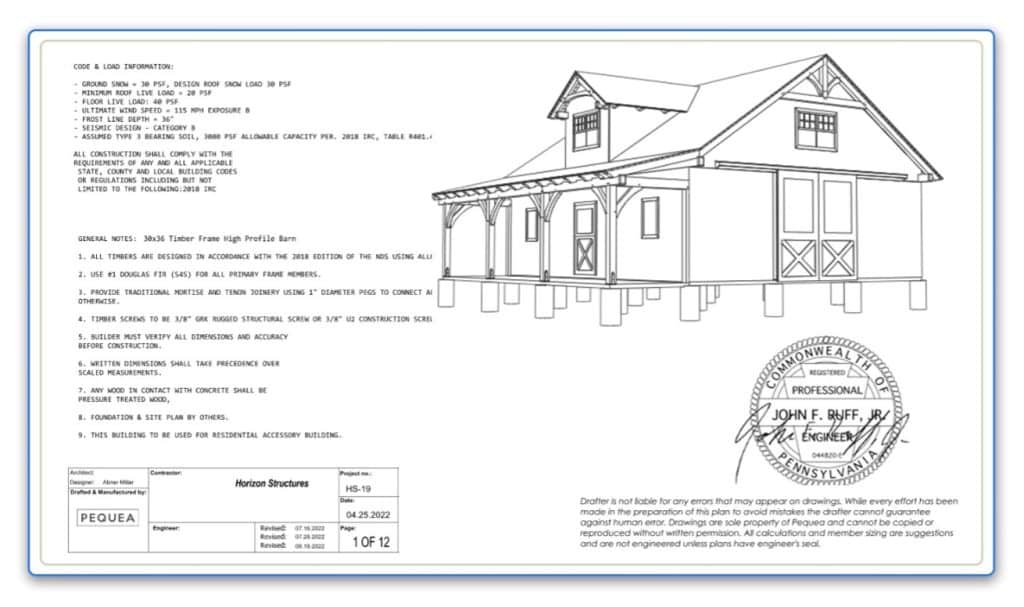
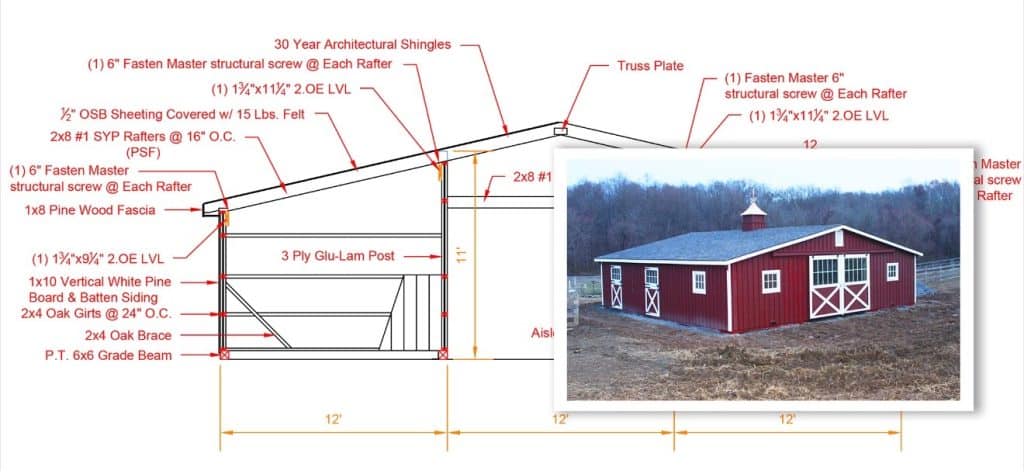
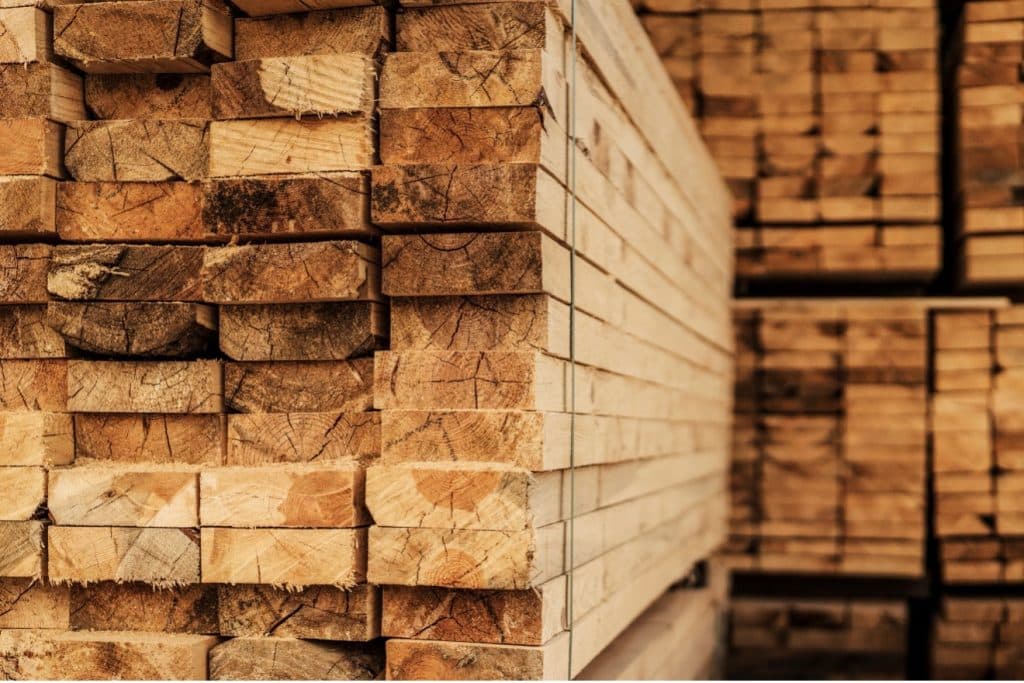
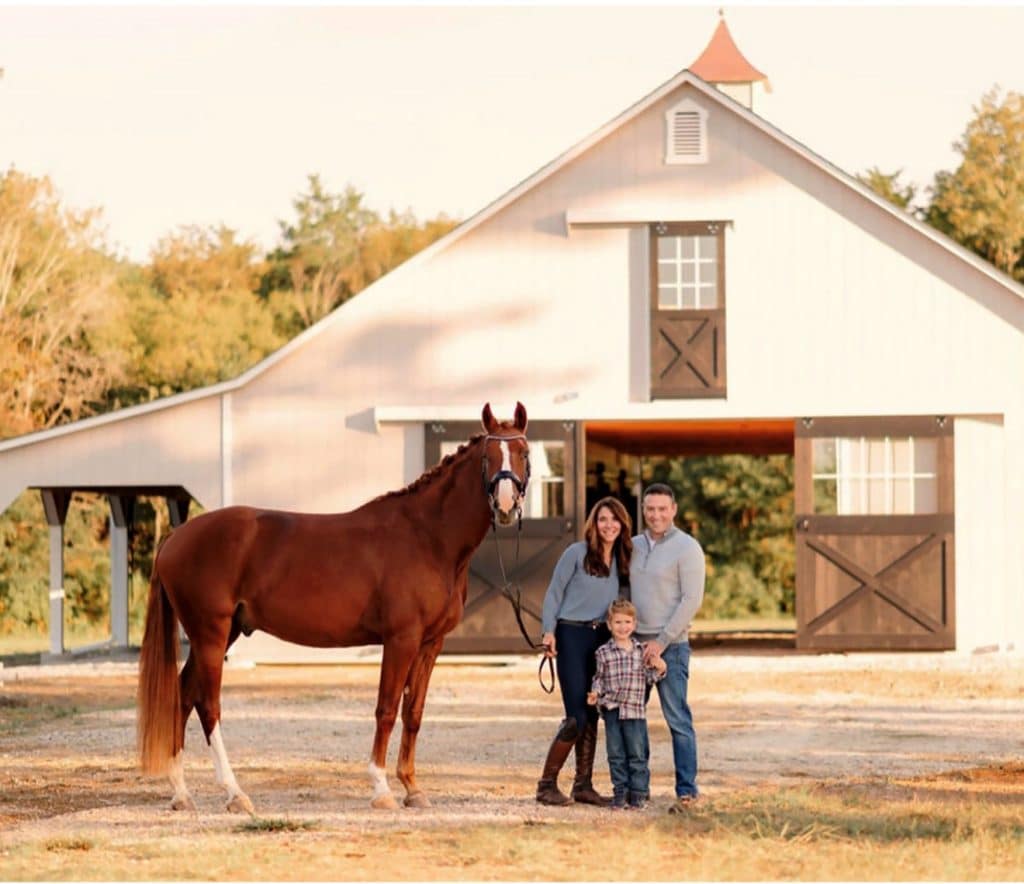
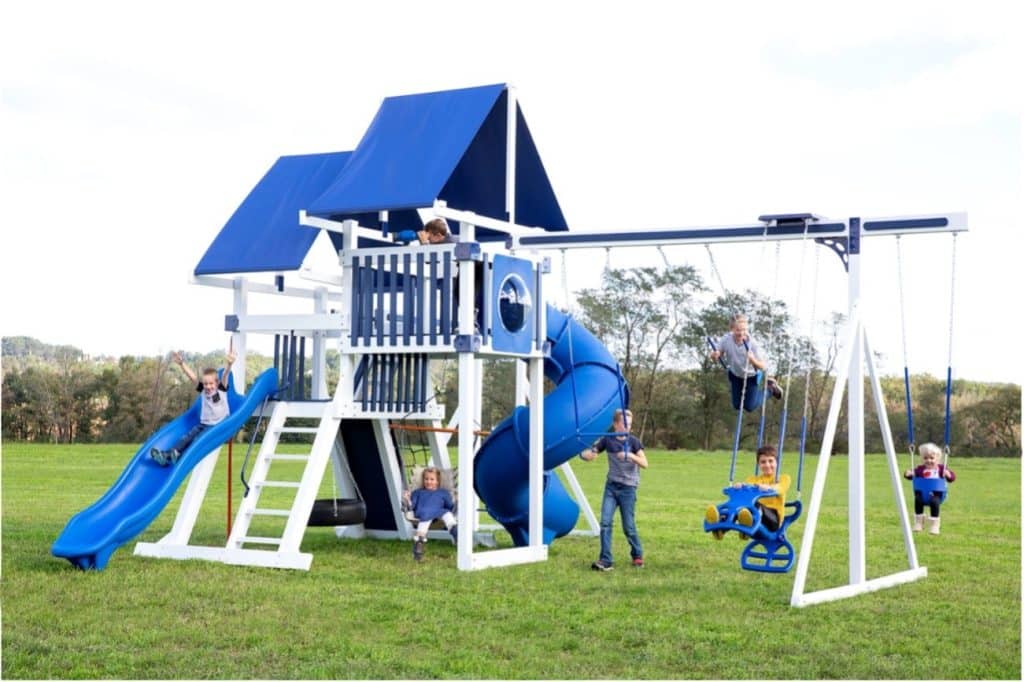
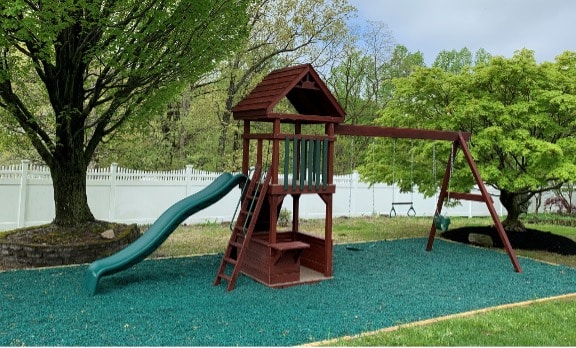
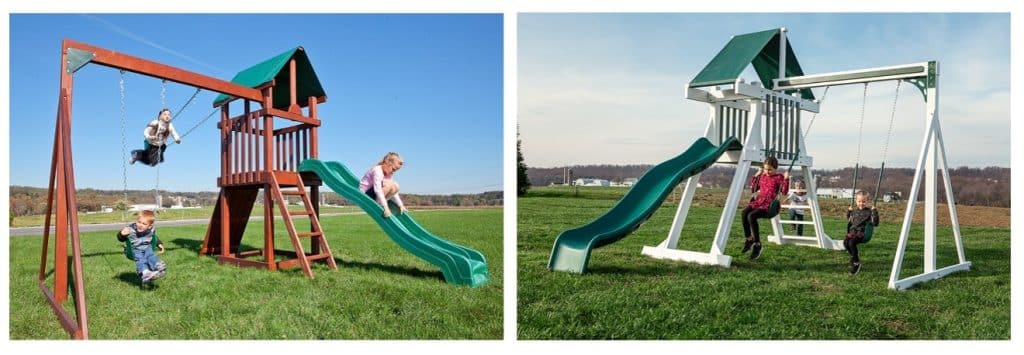
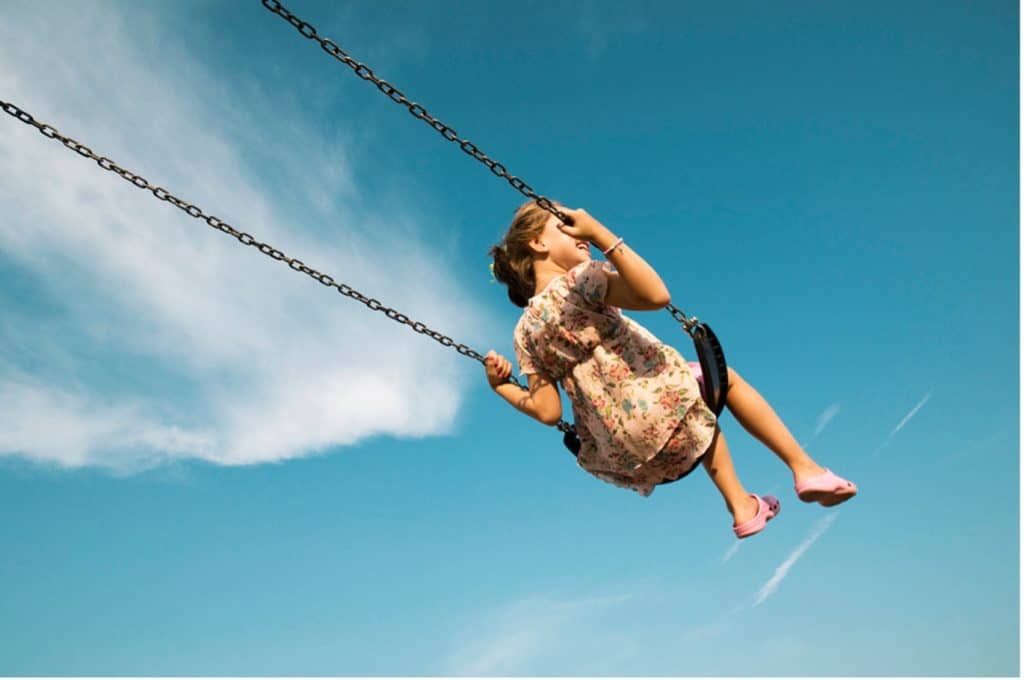
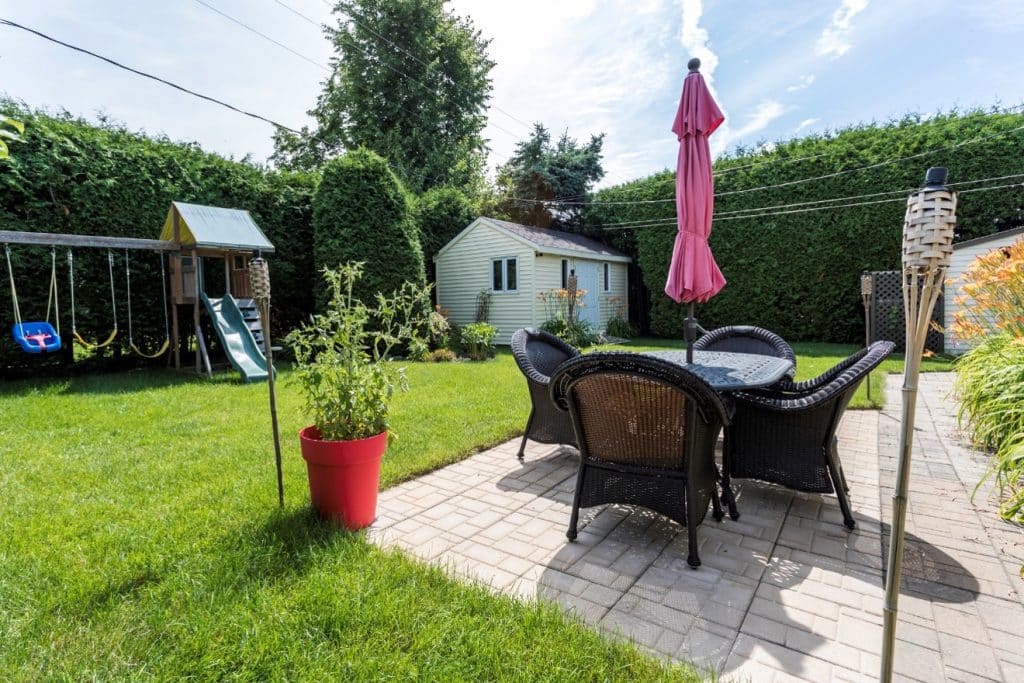

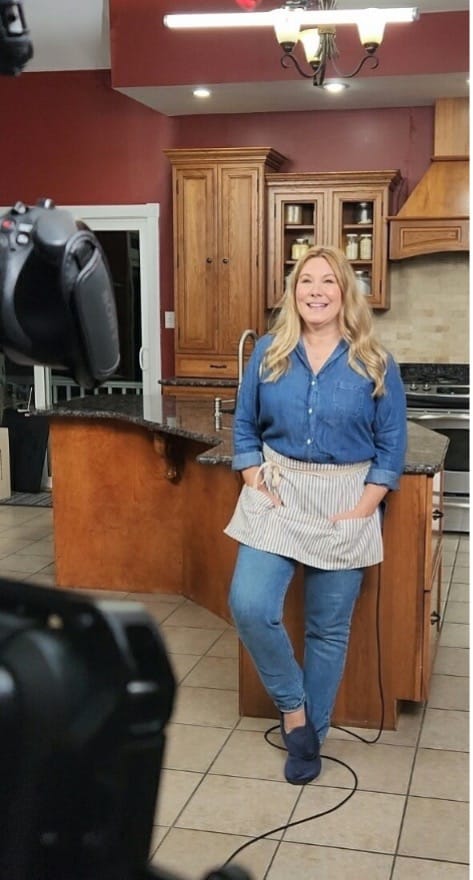
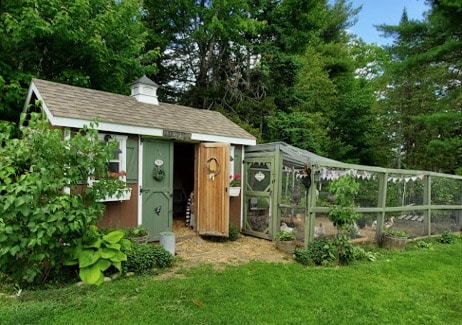
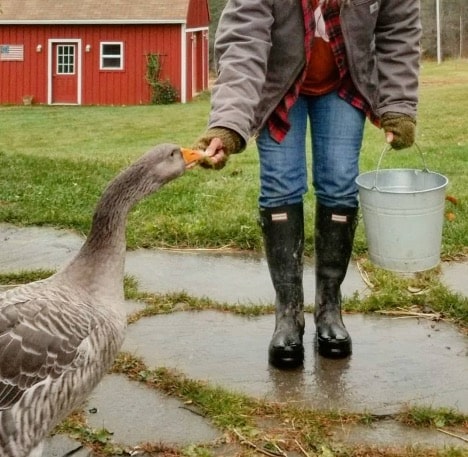
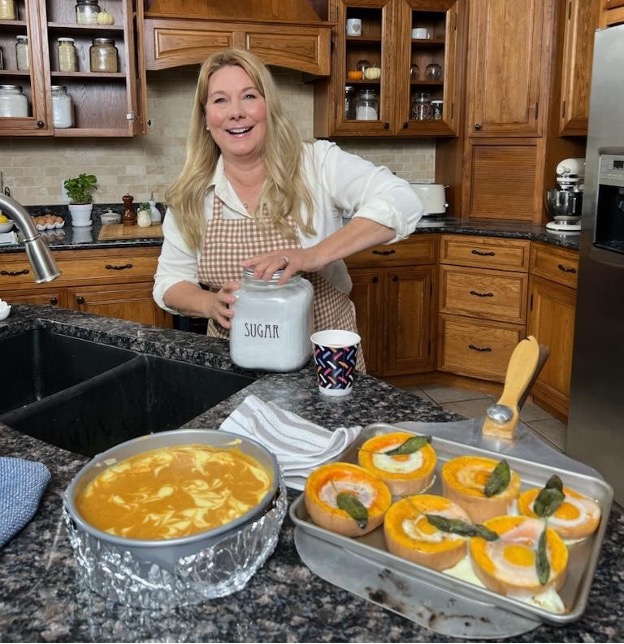





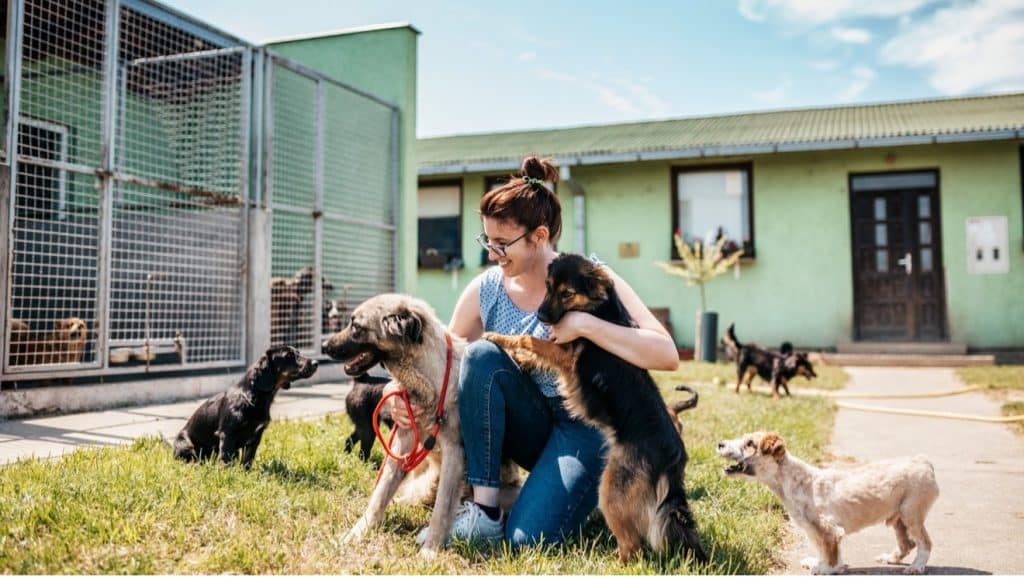

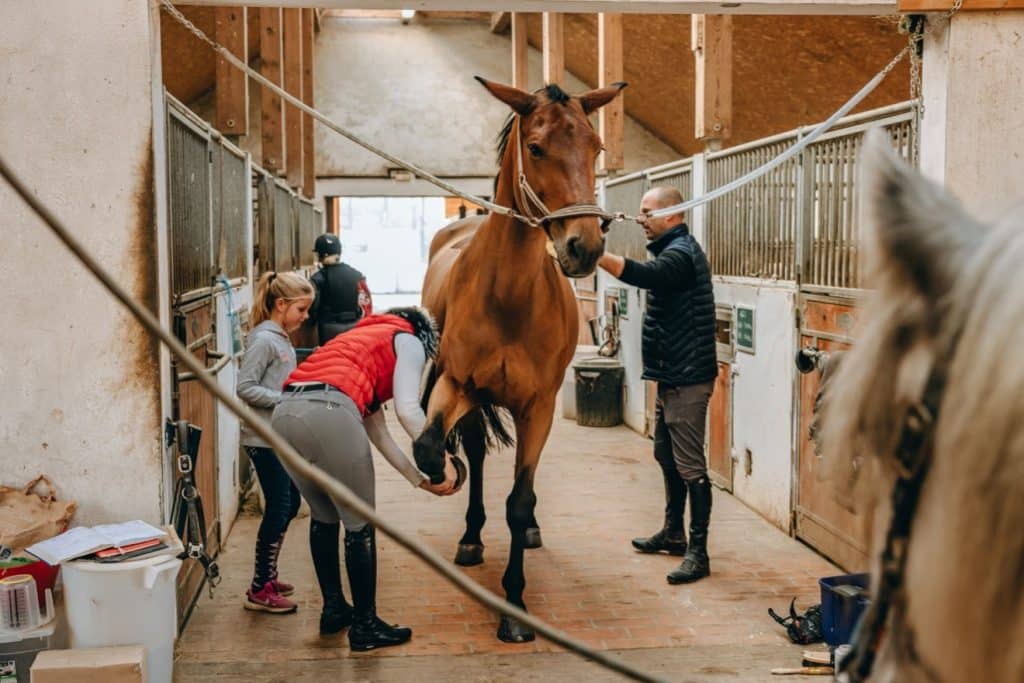


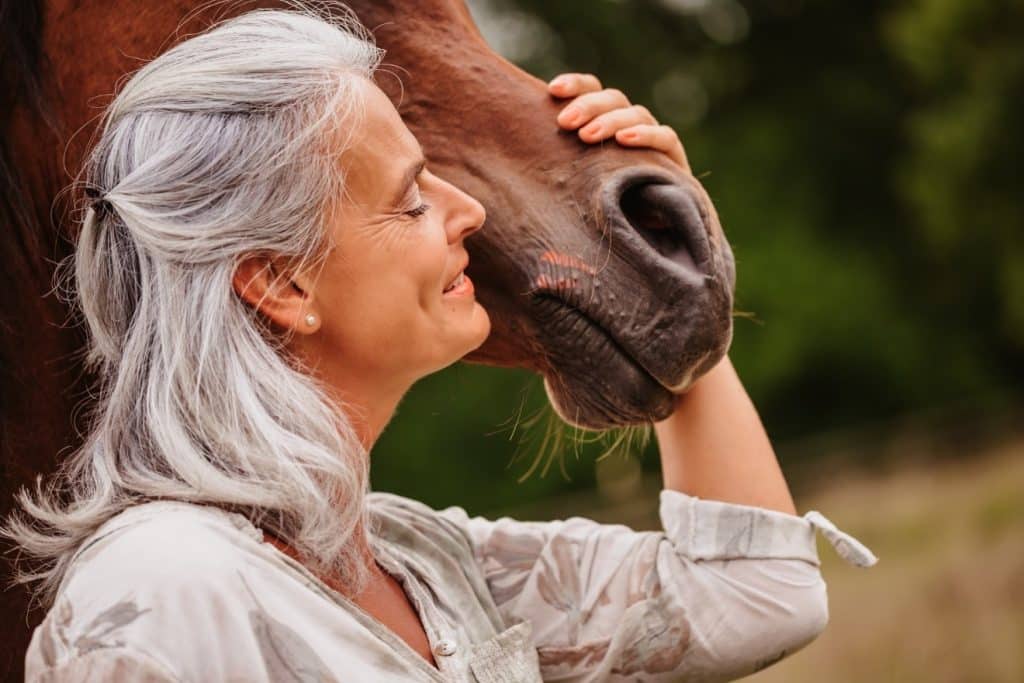
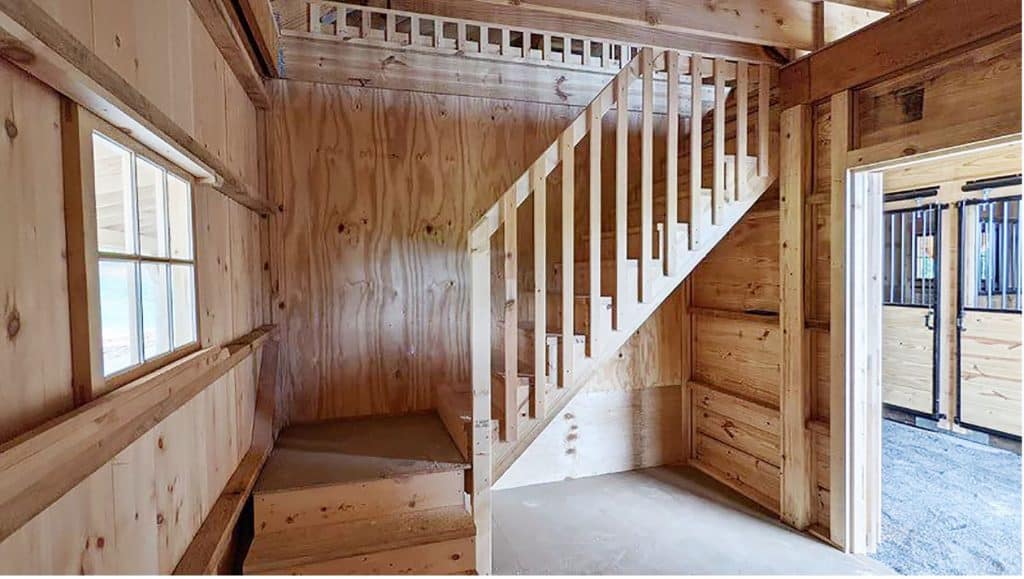
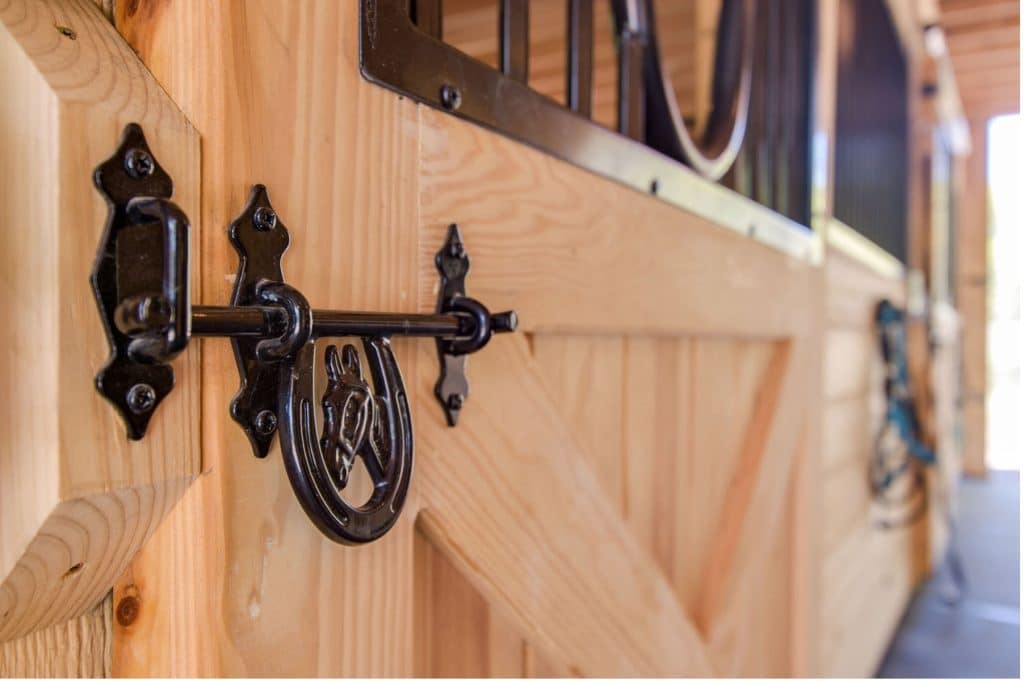
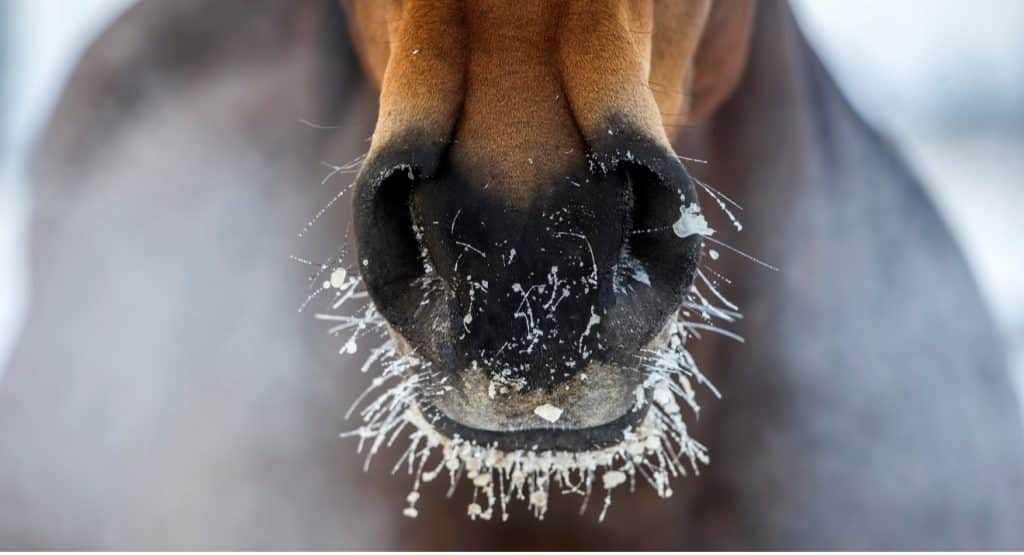
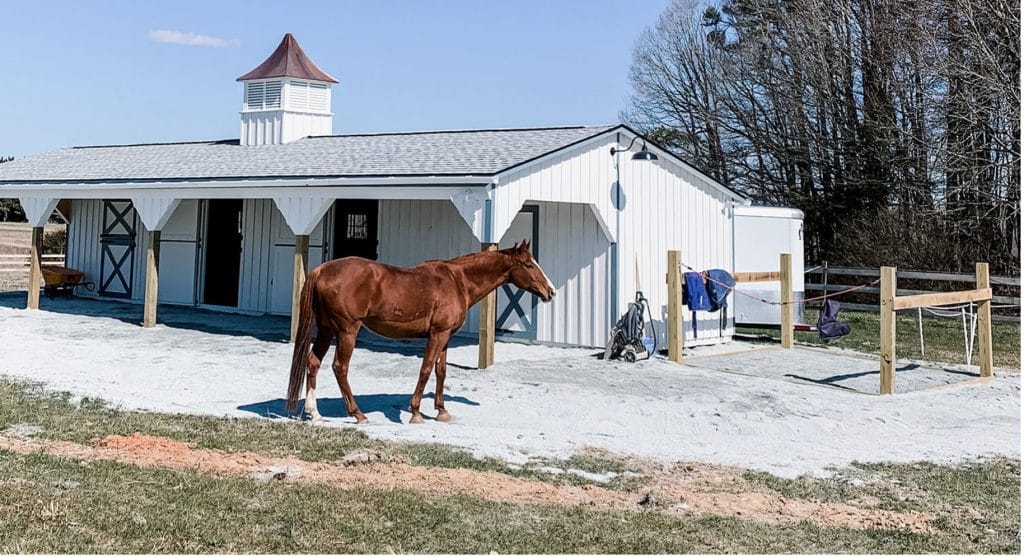
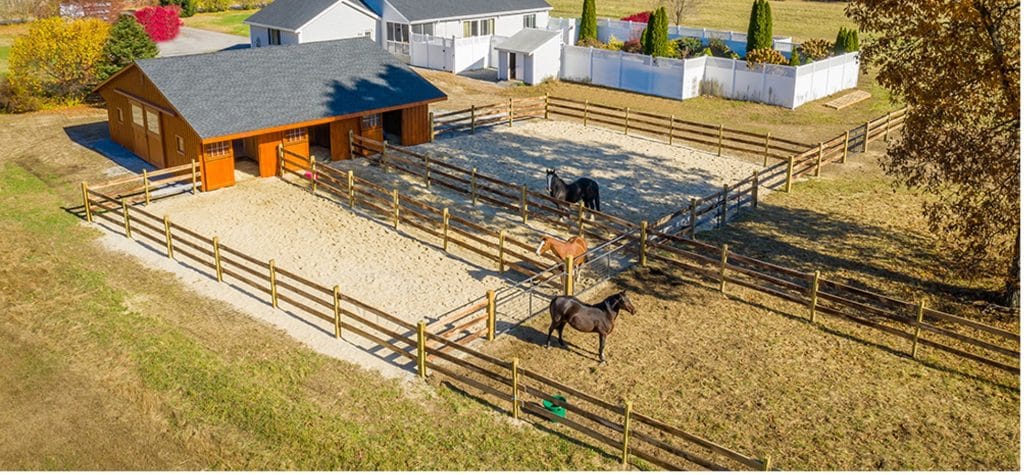
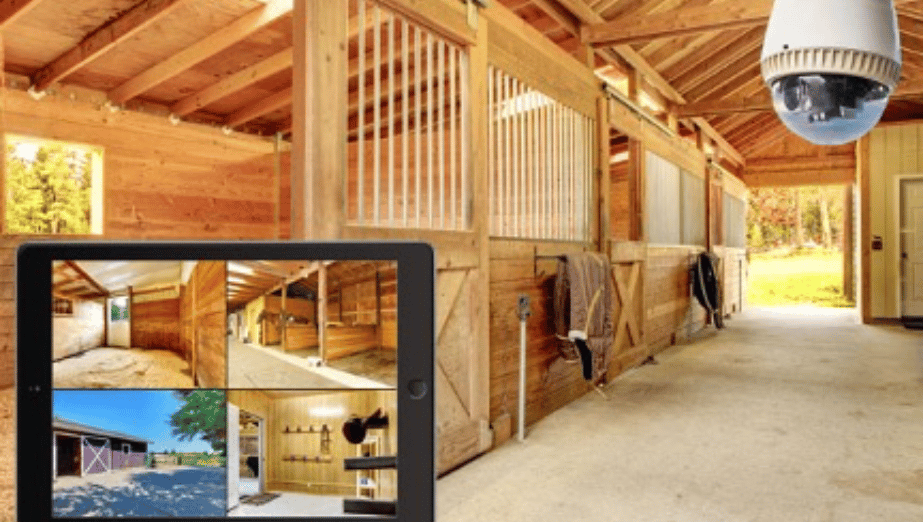
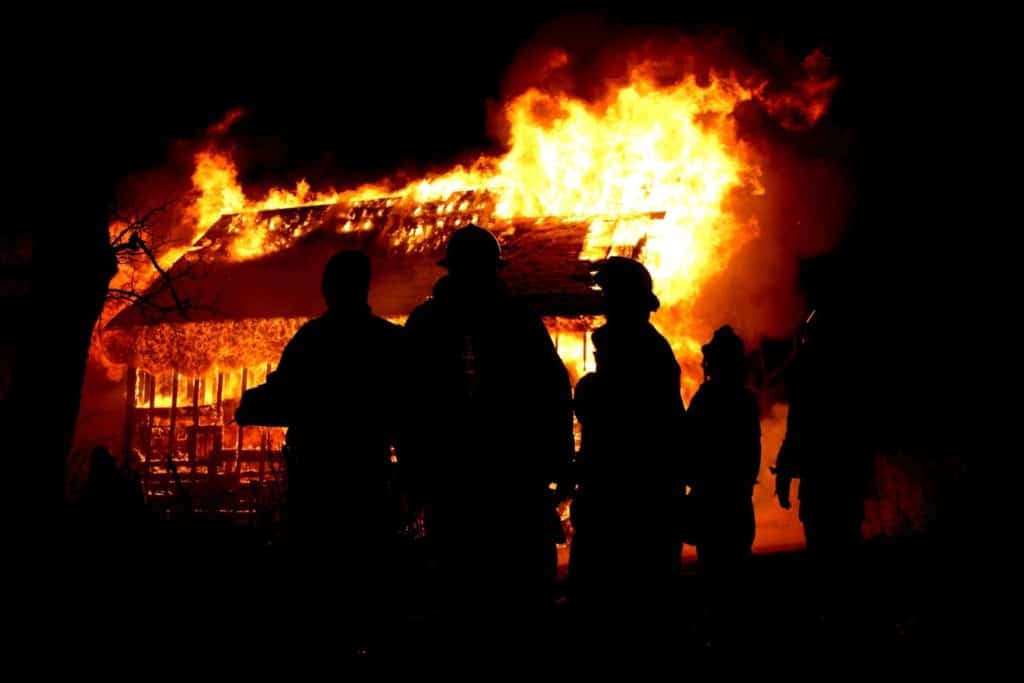
 A quick Electric 101 course:
A quick Electric 101 course: